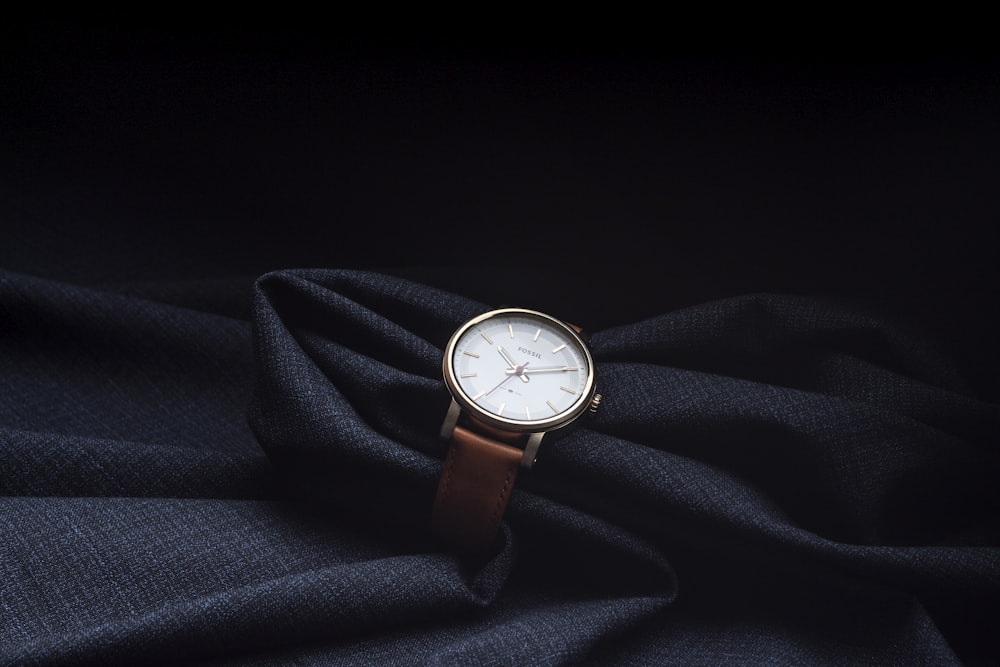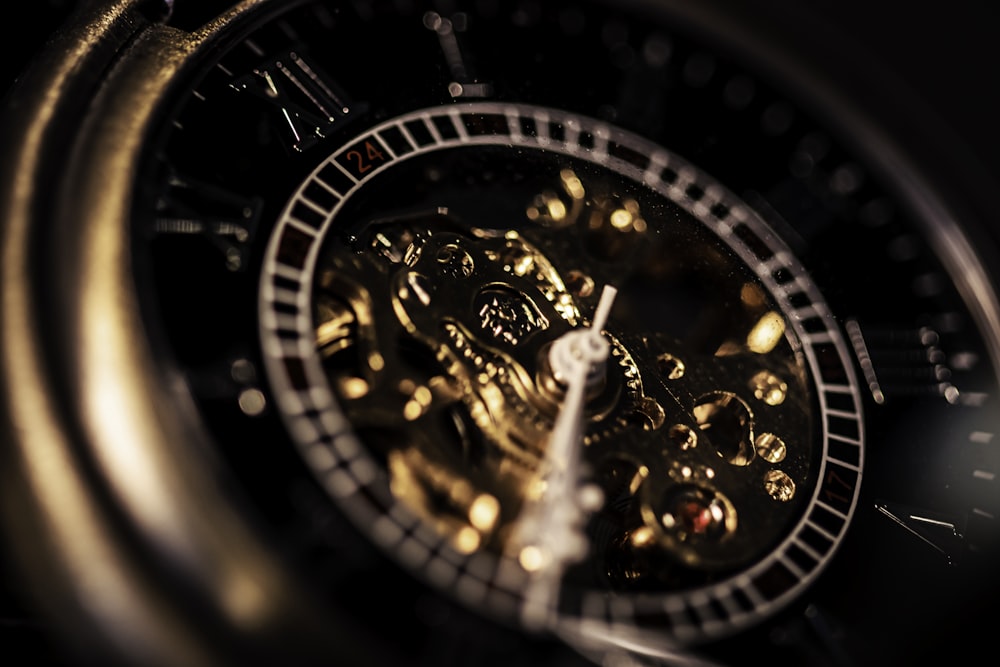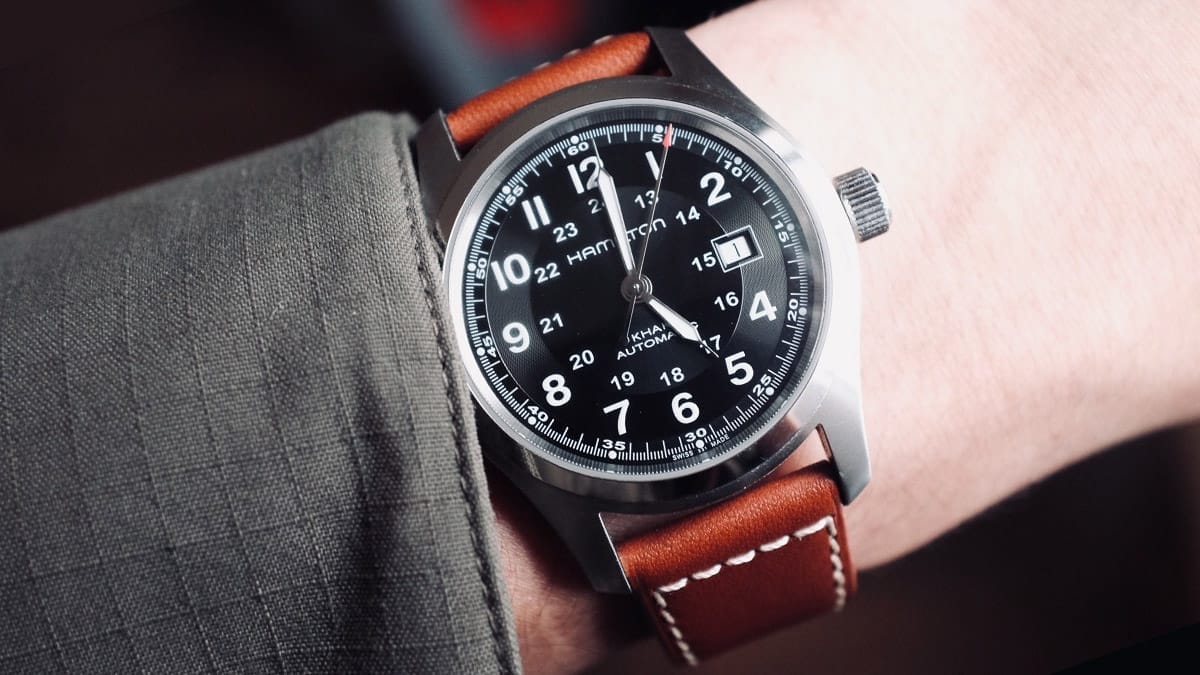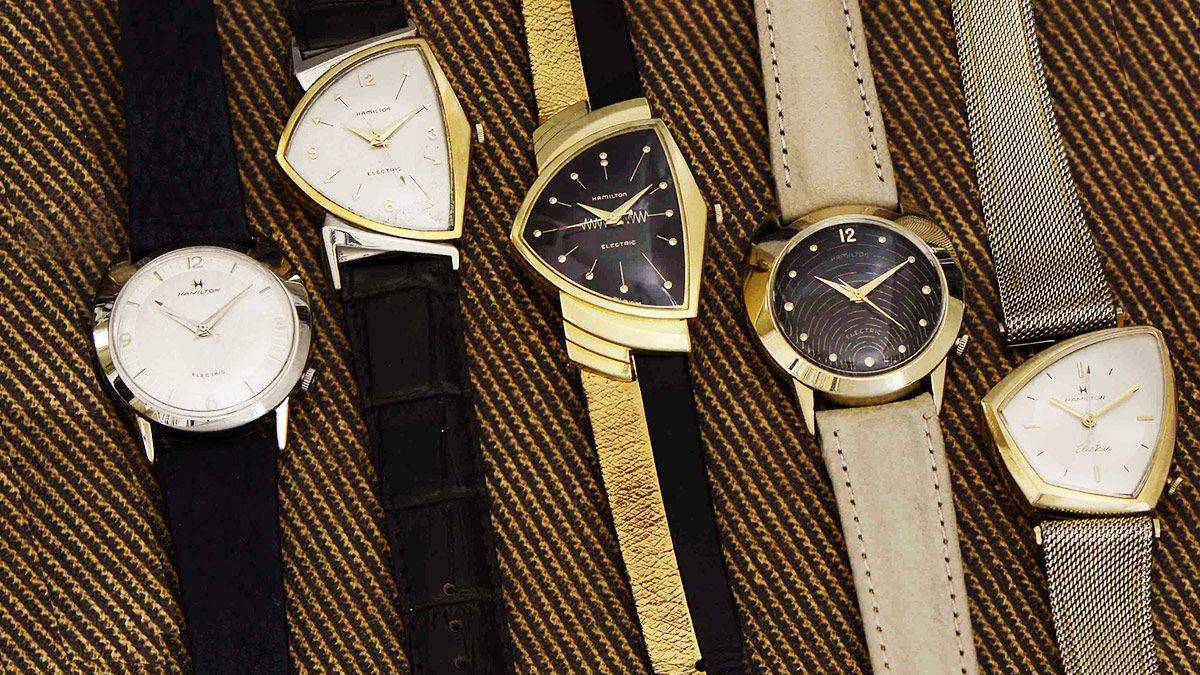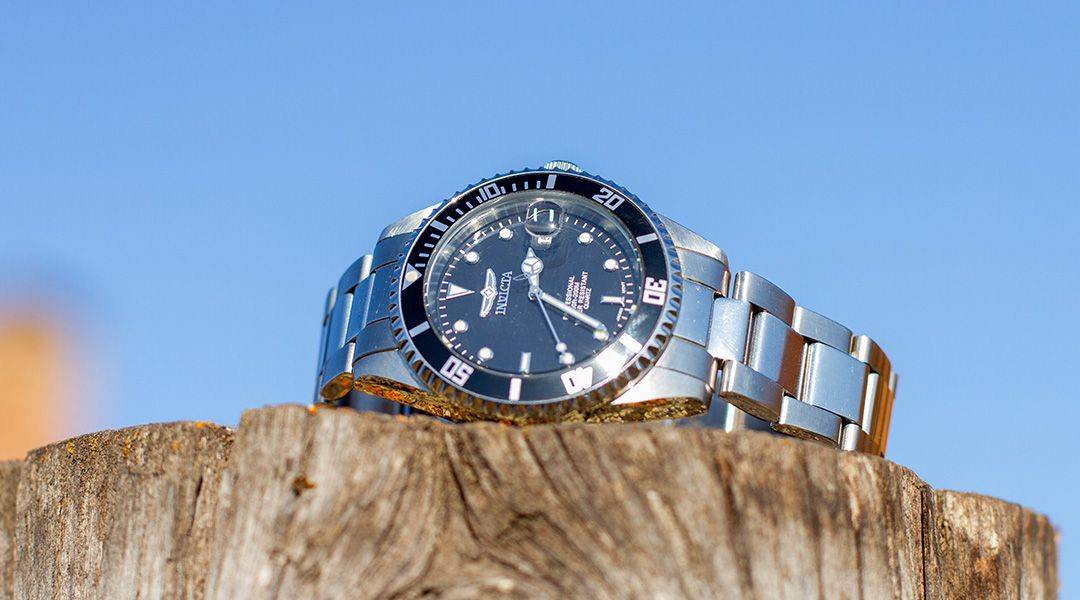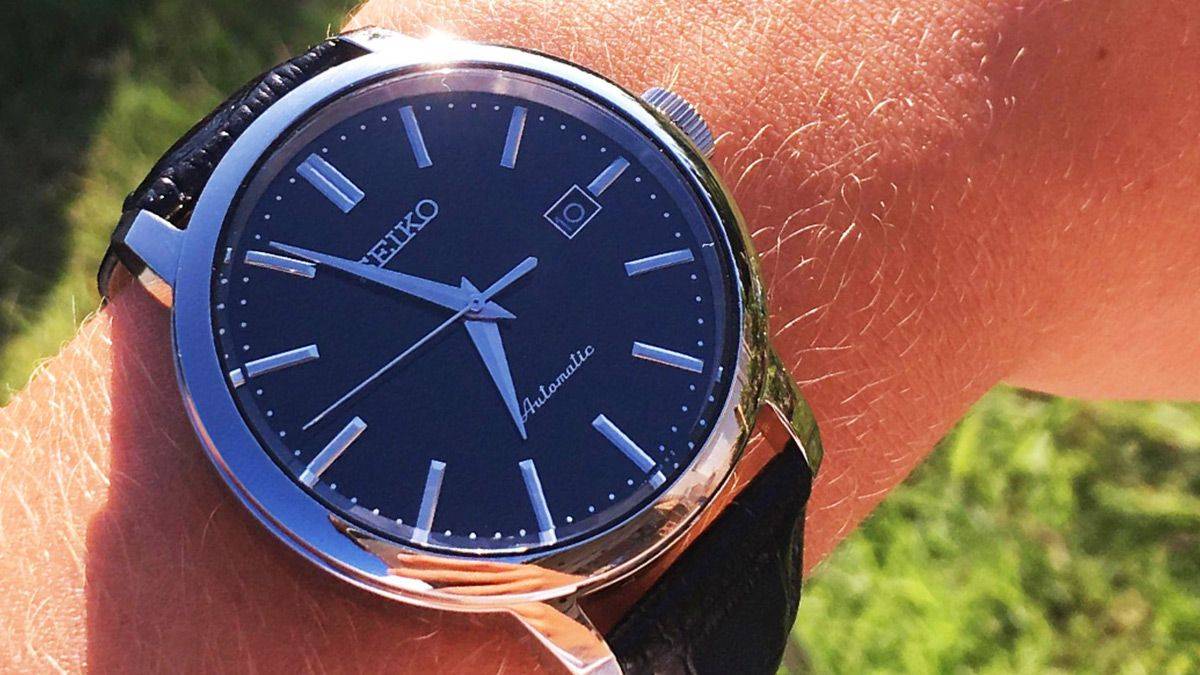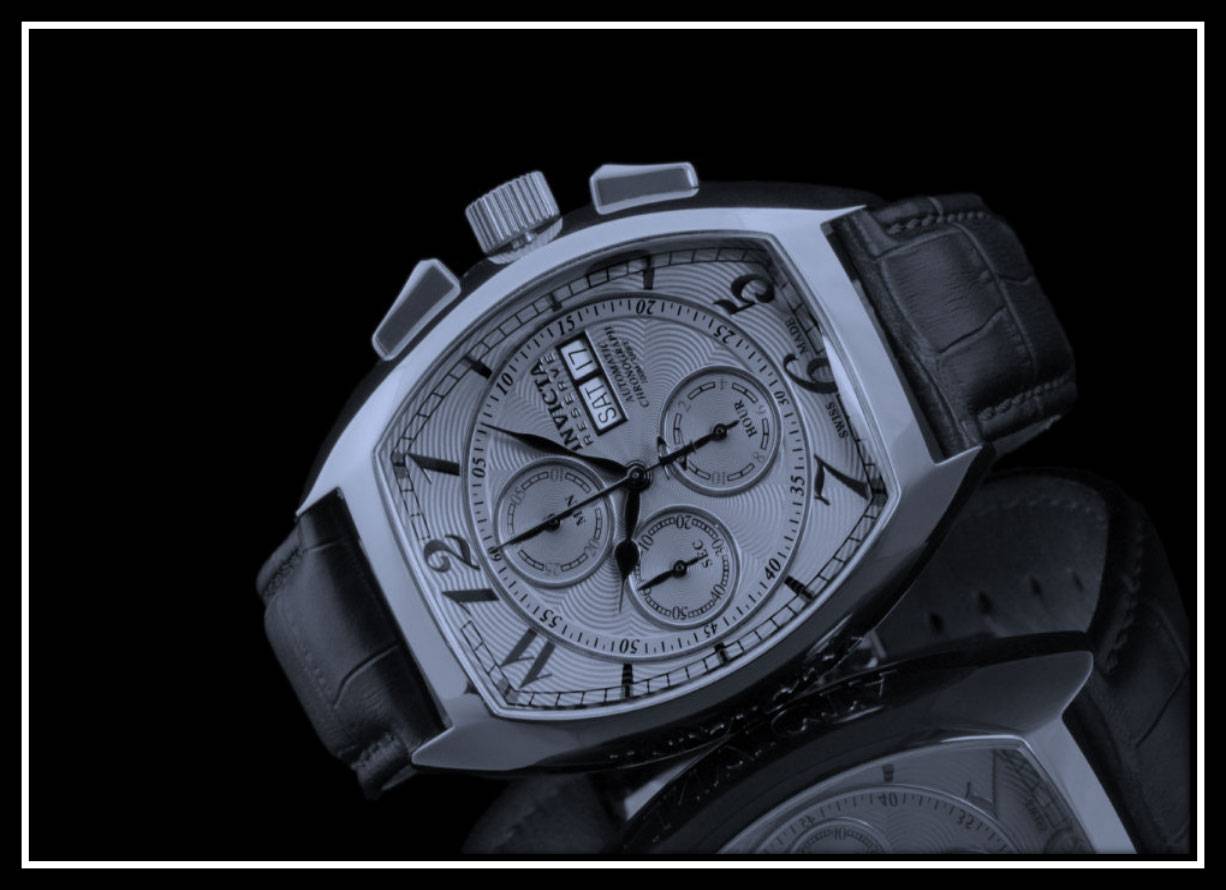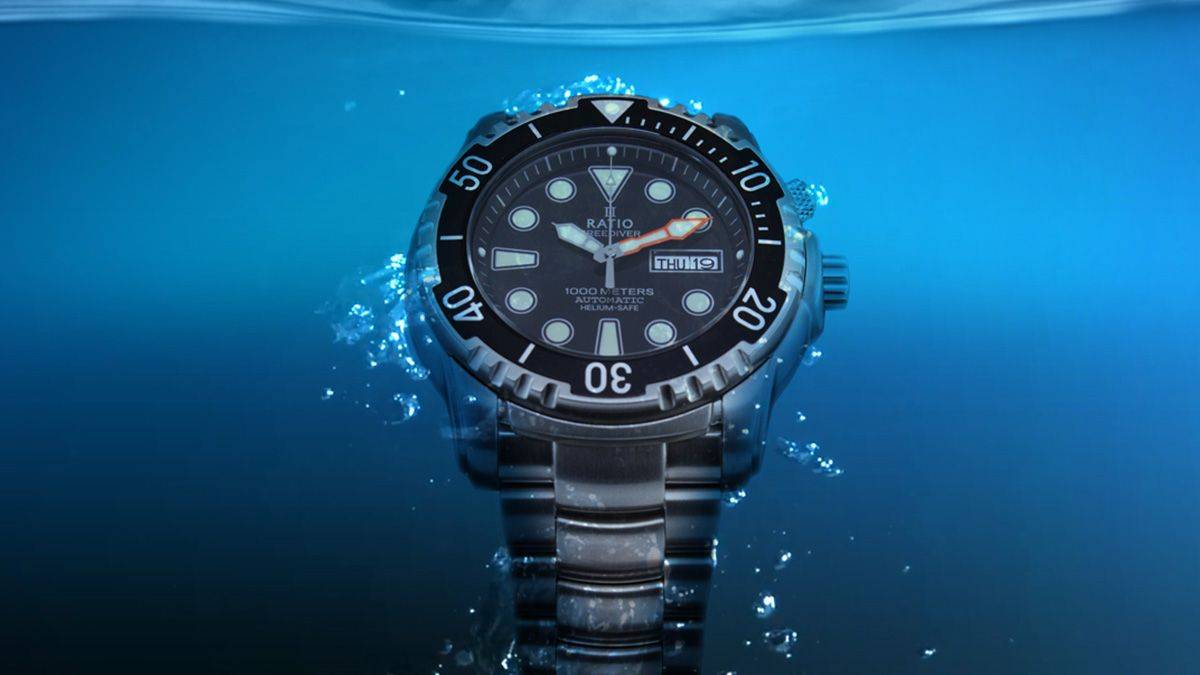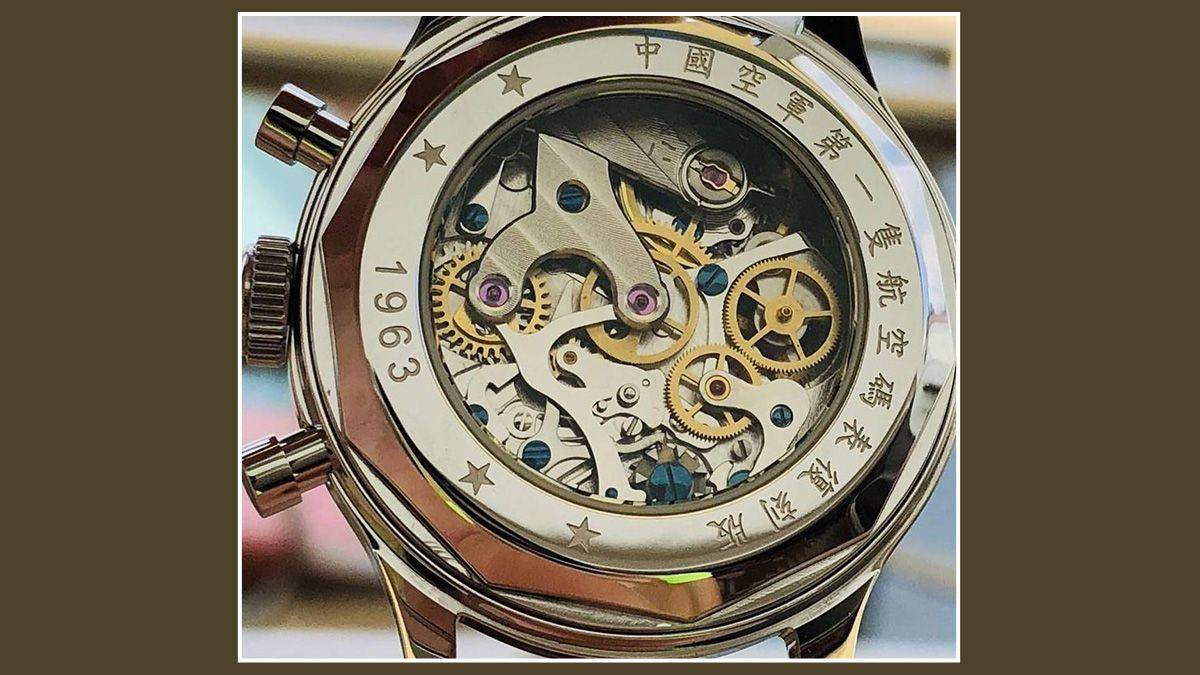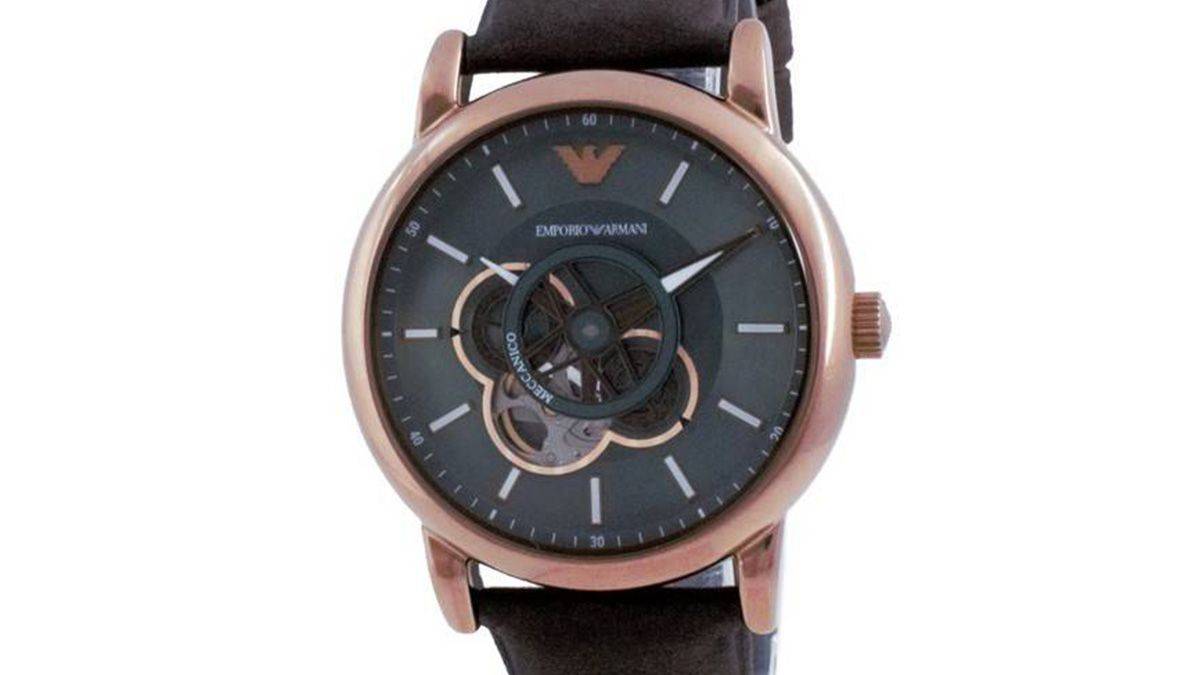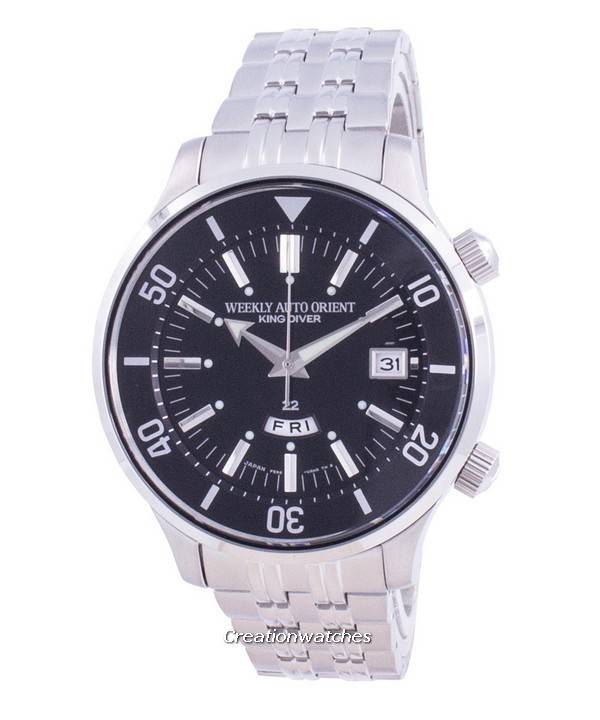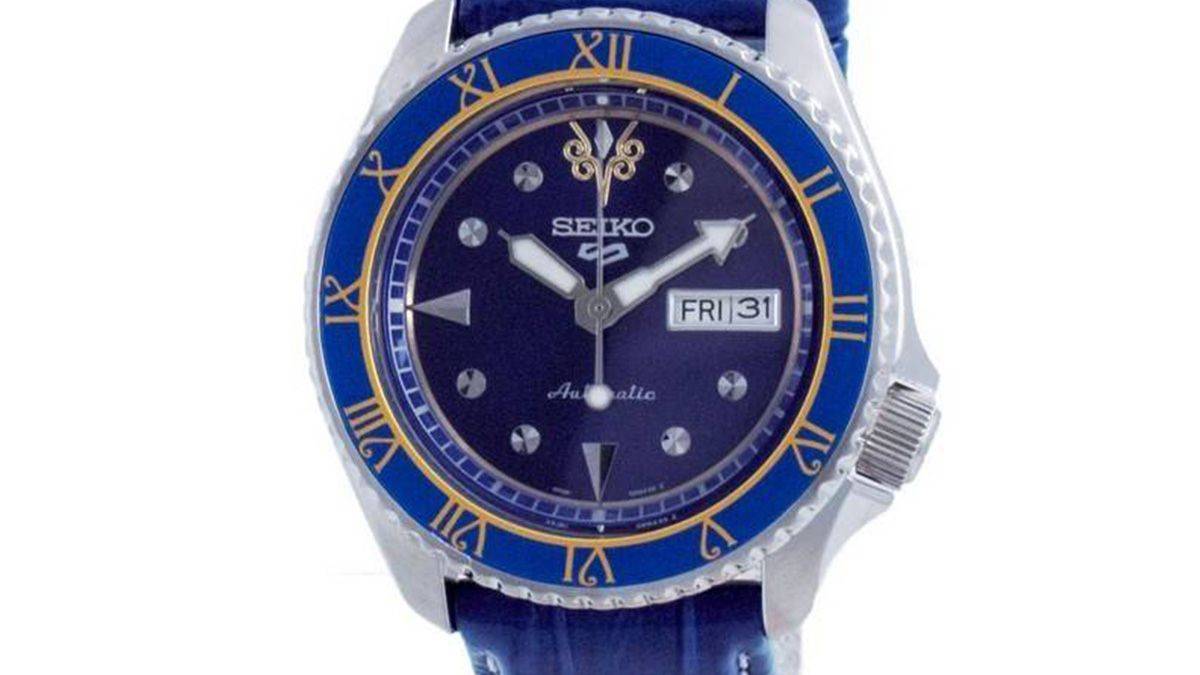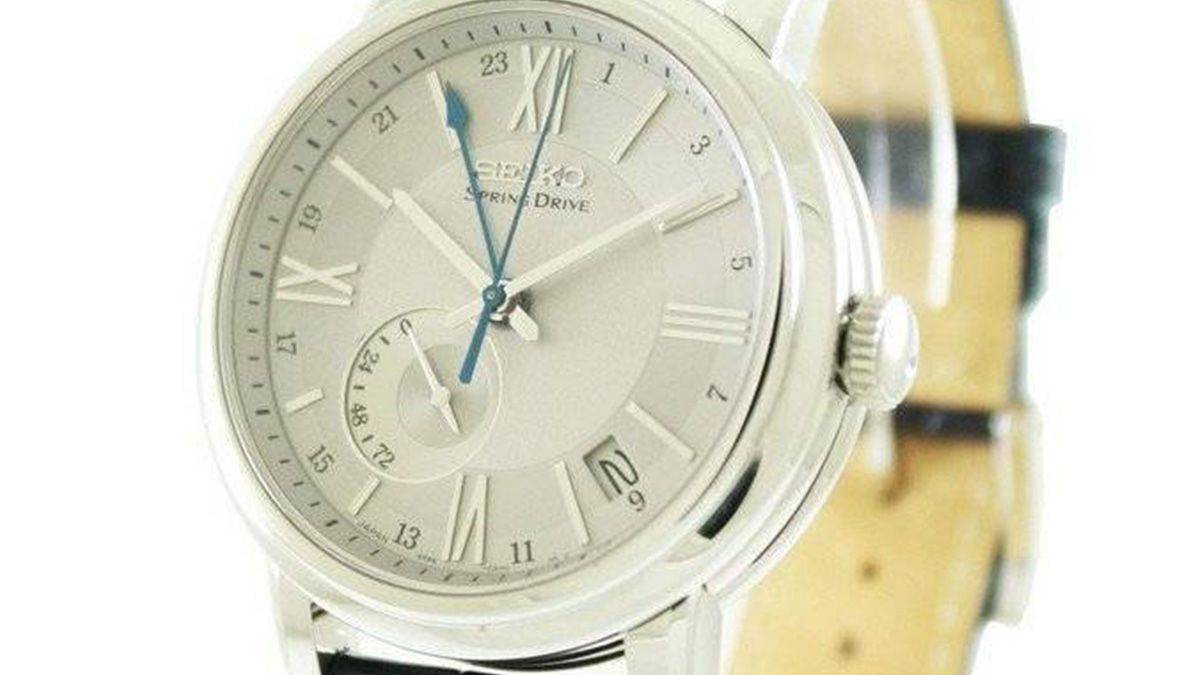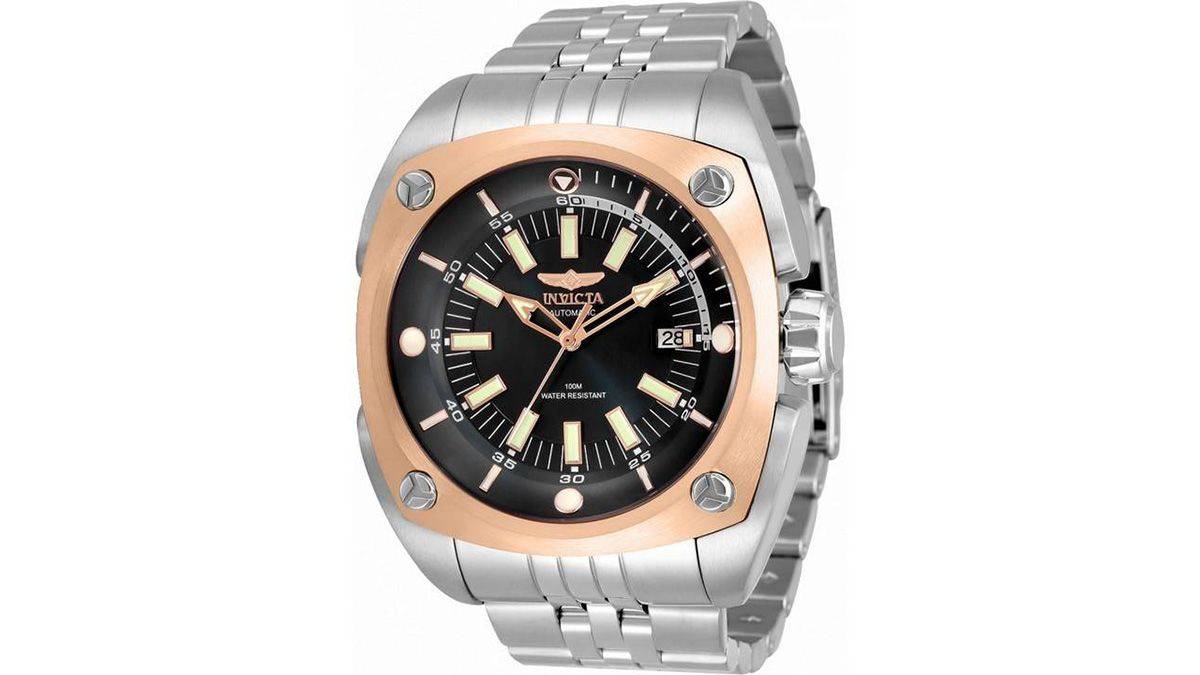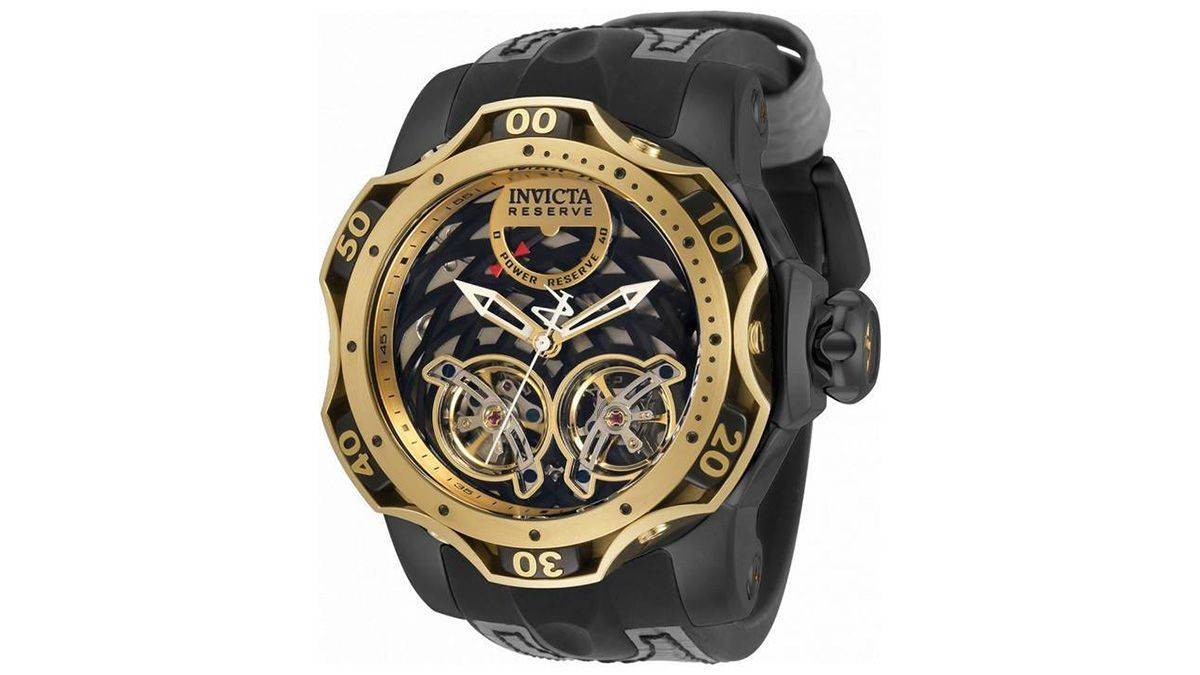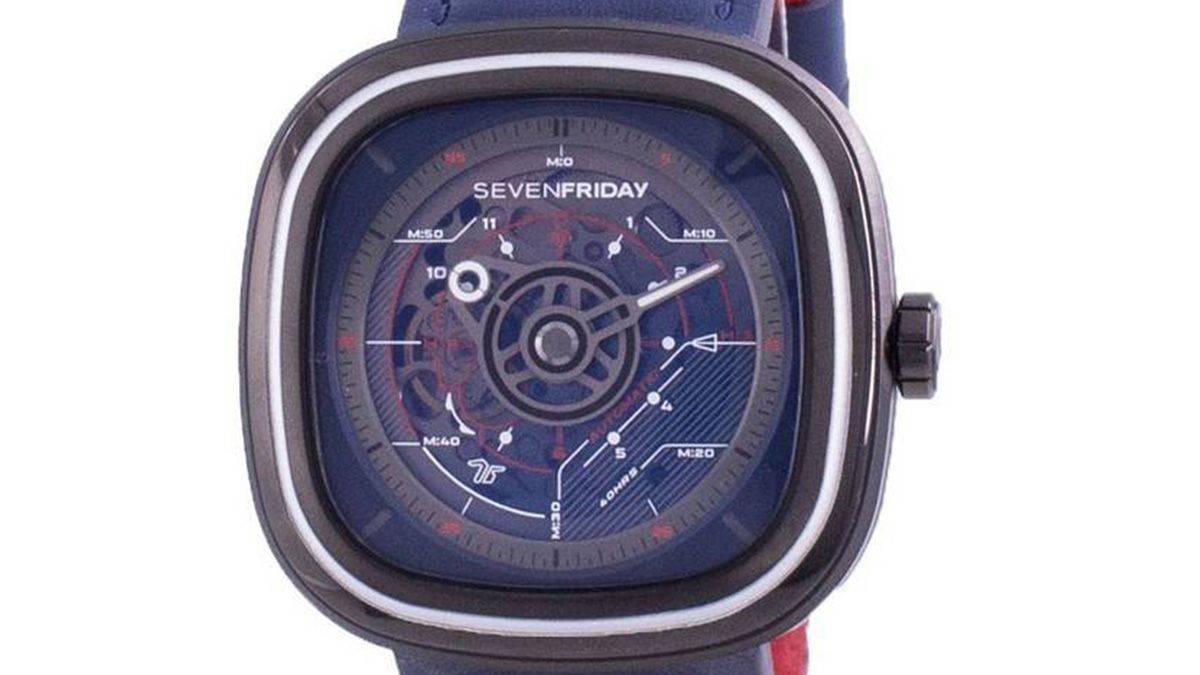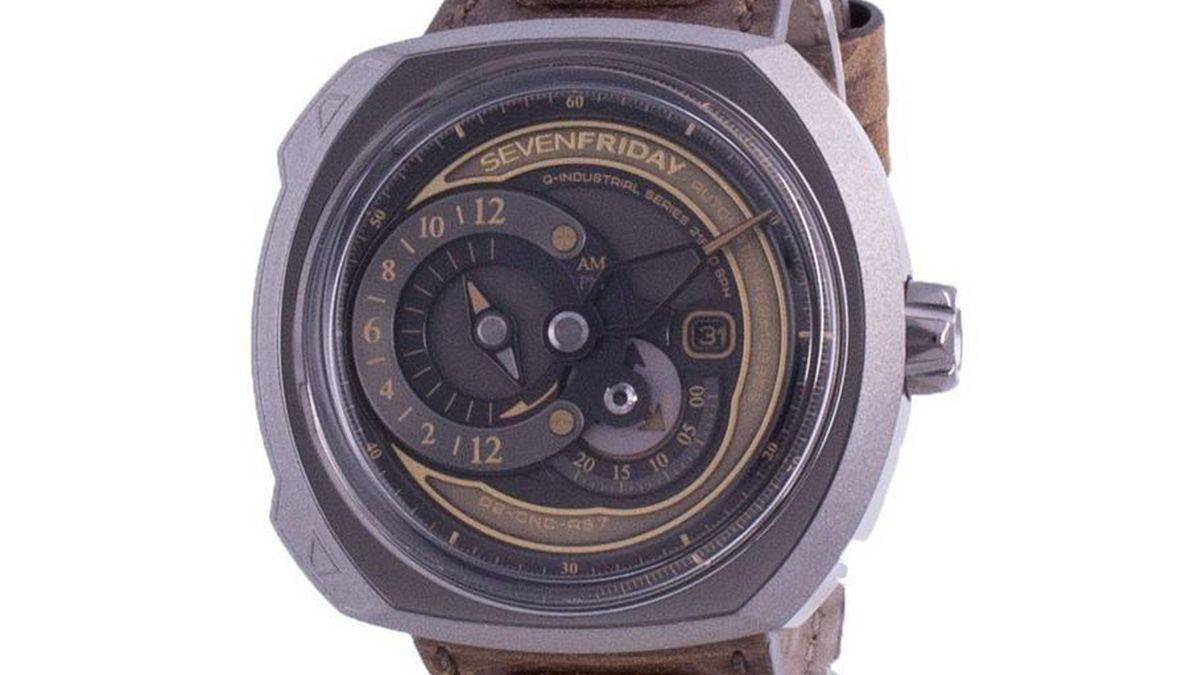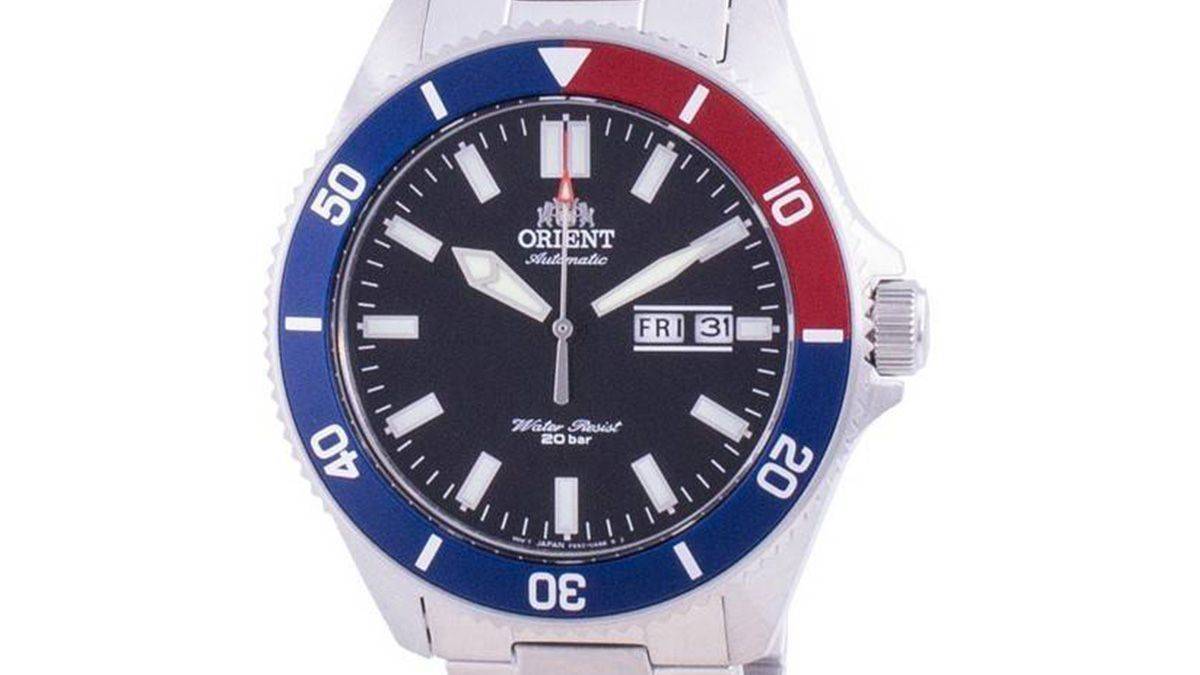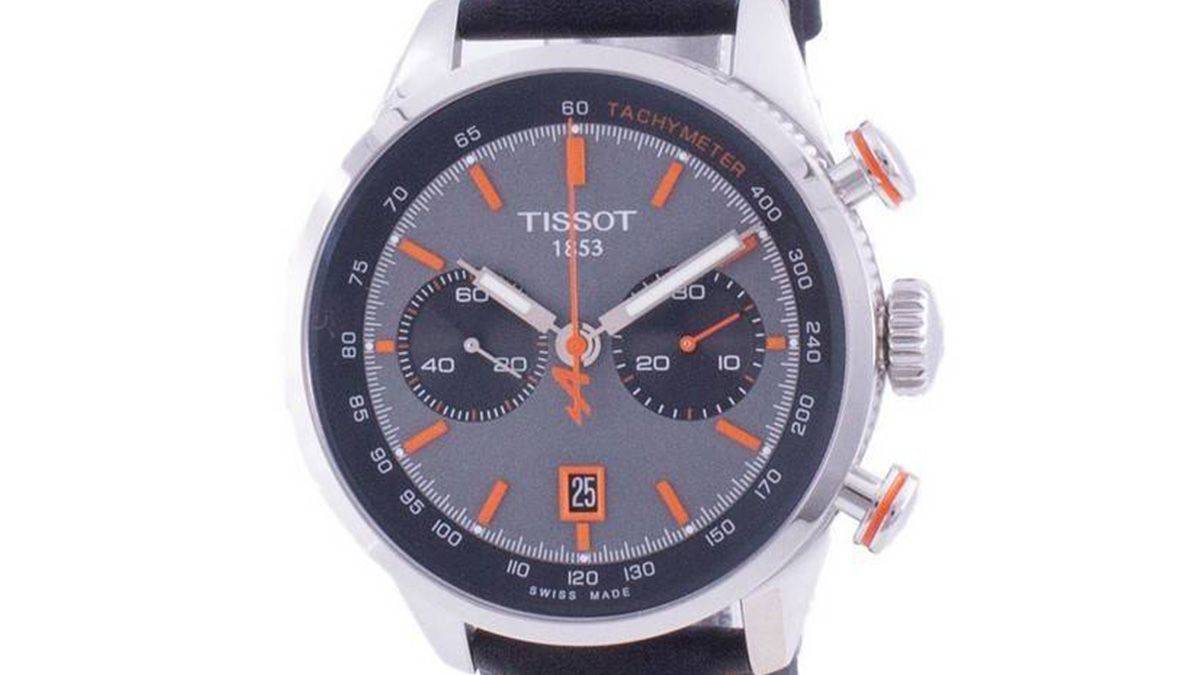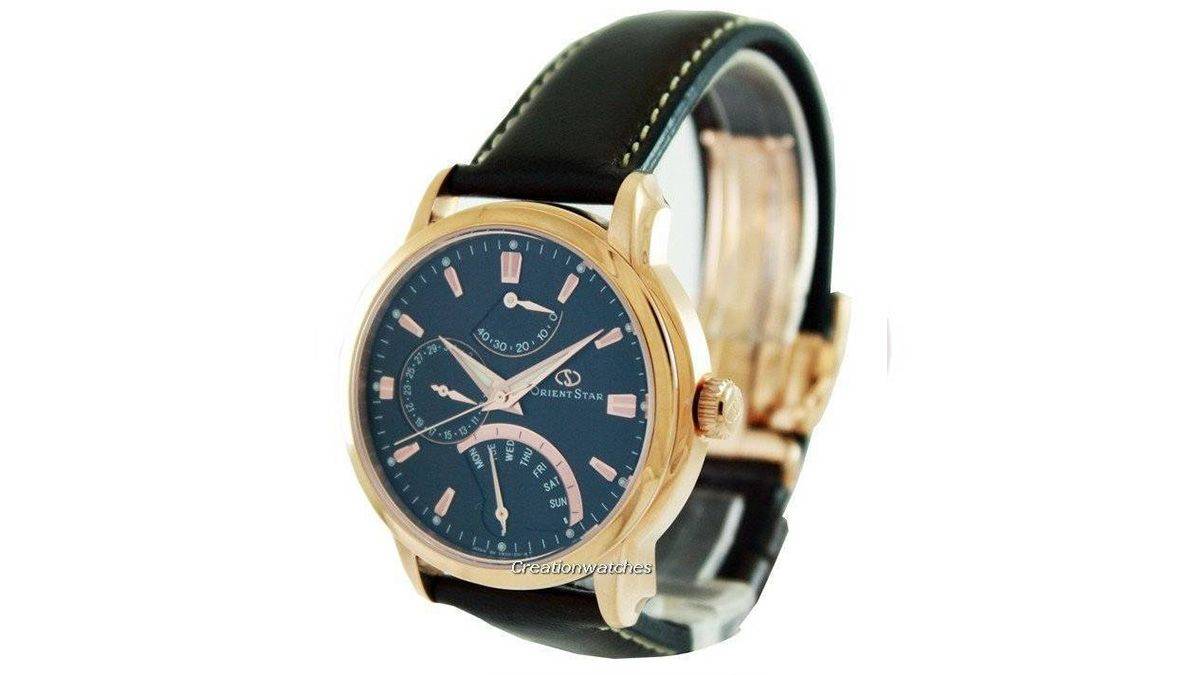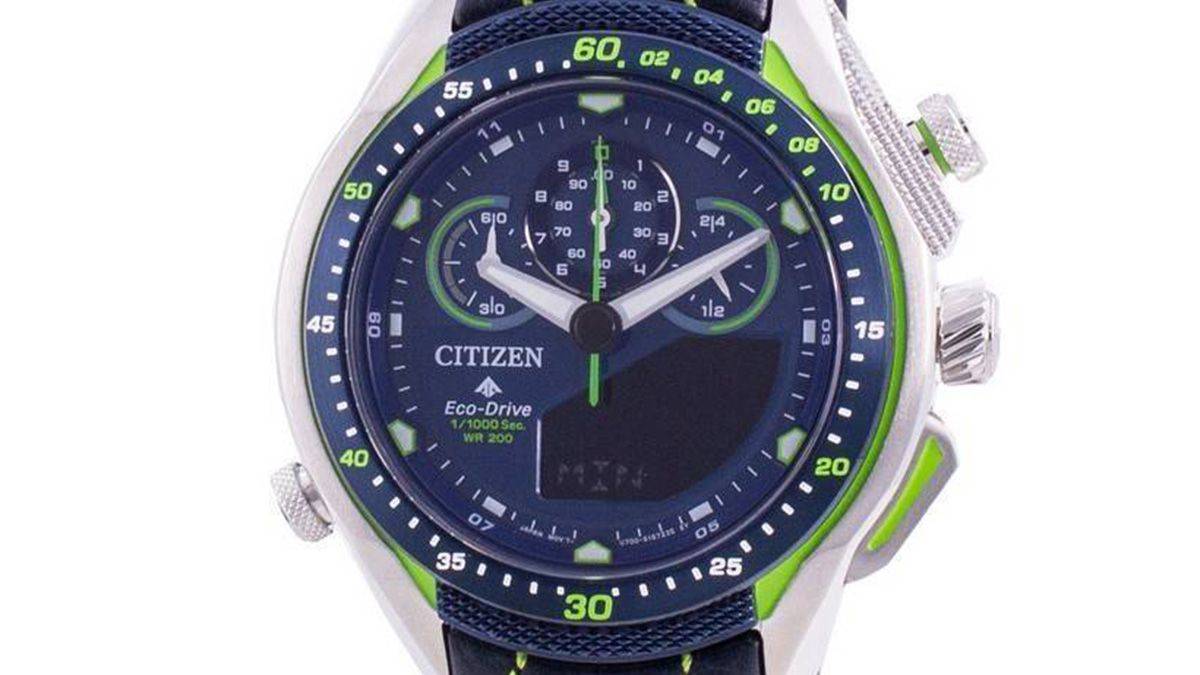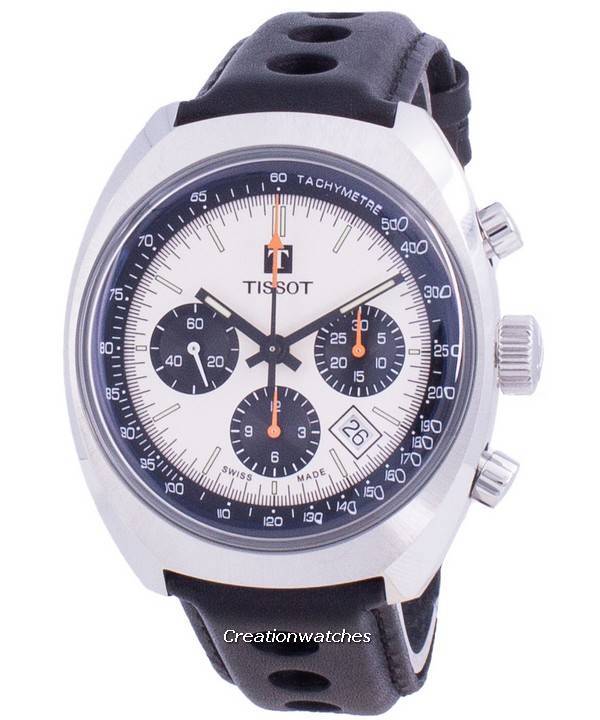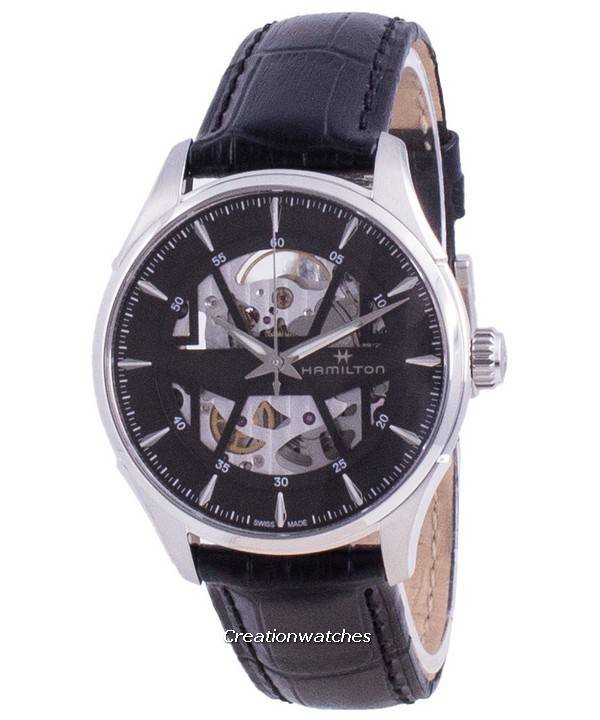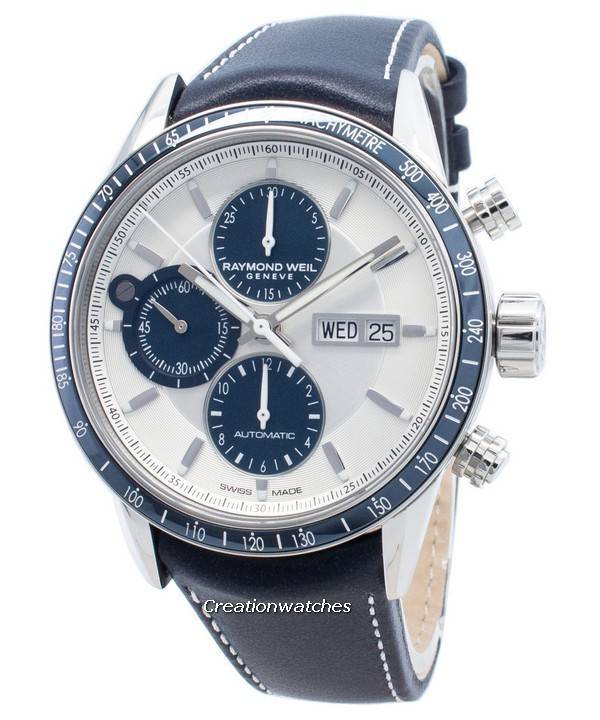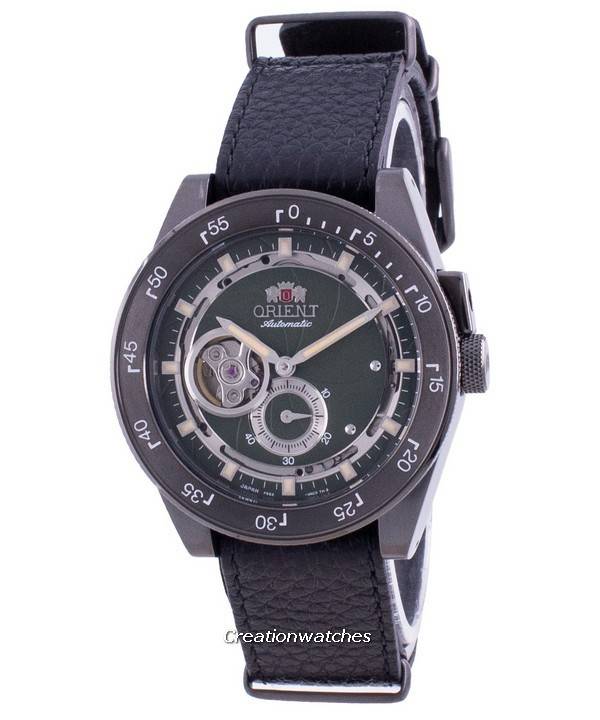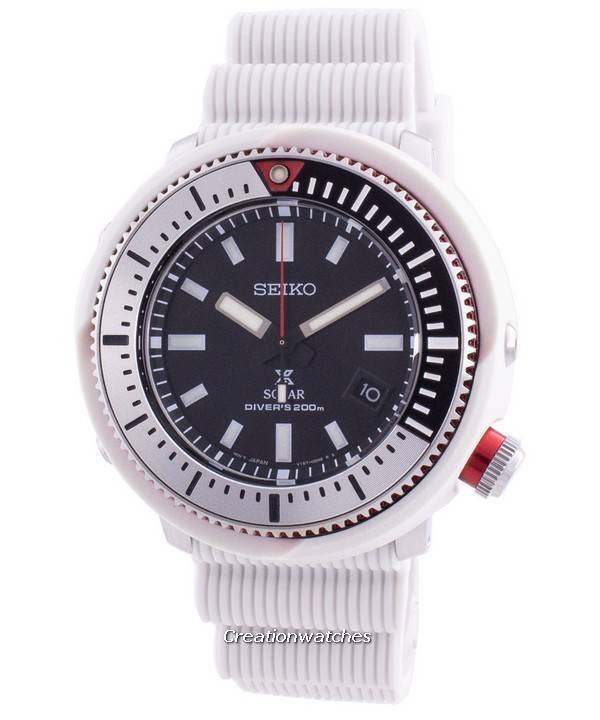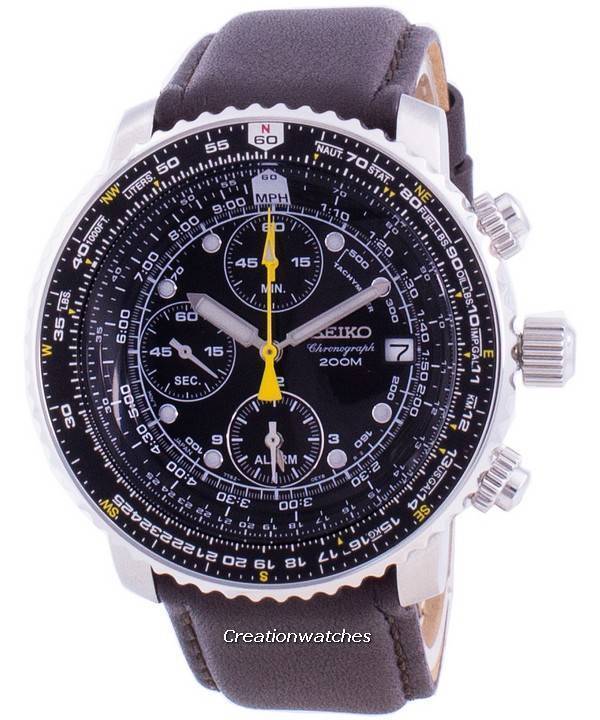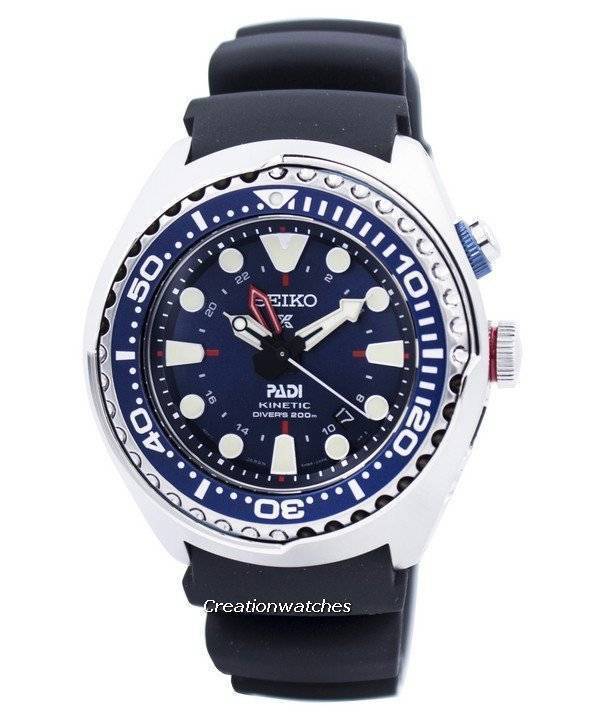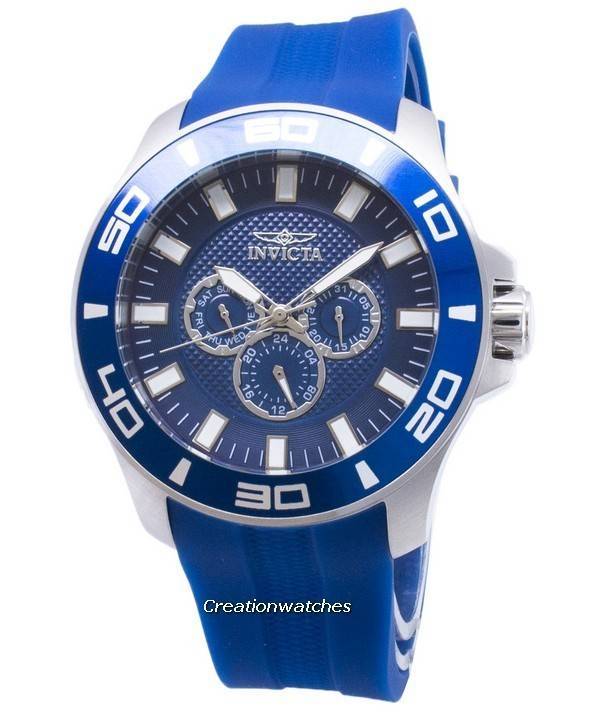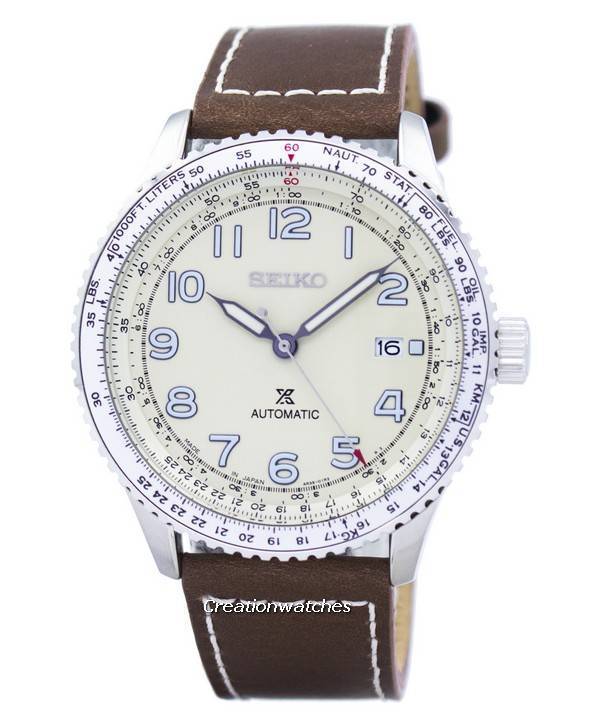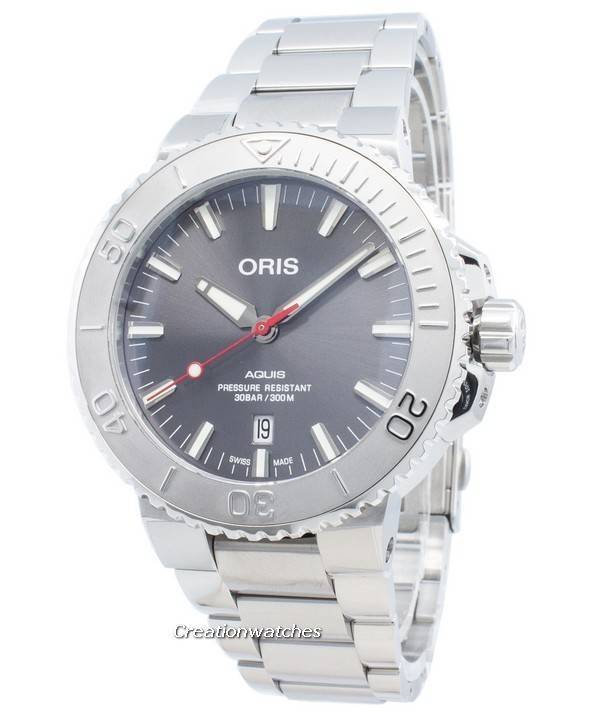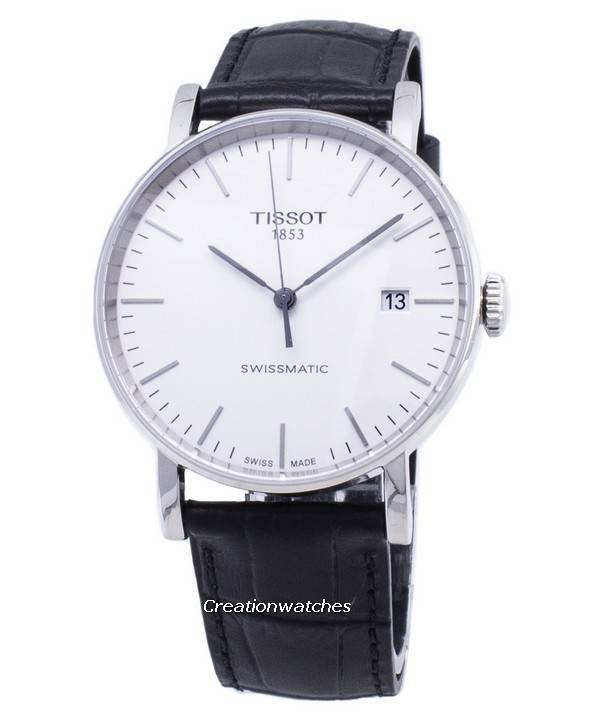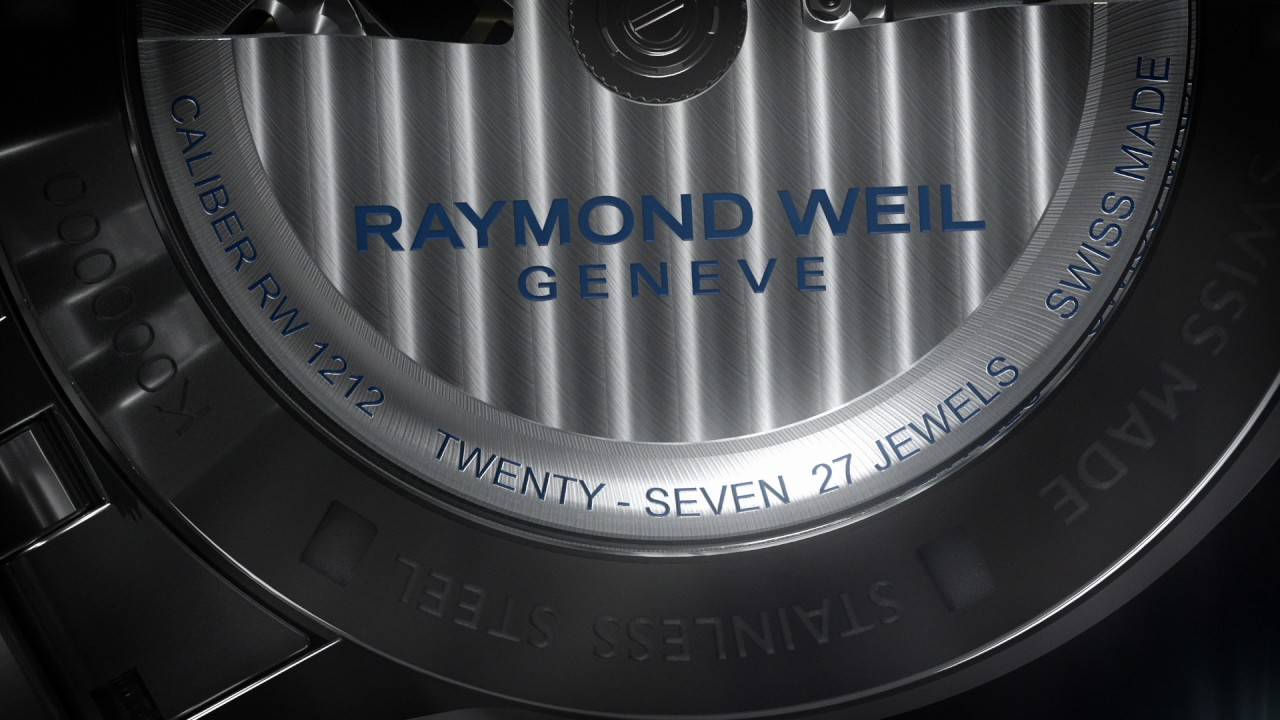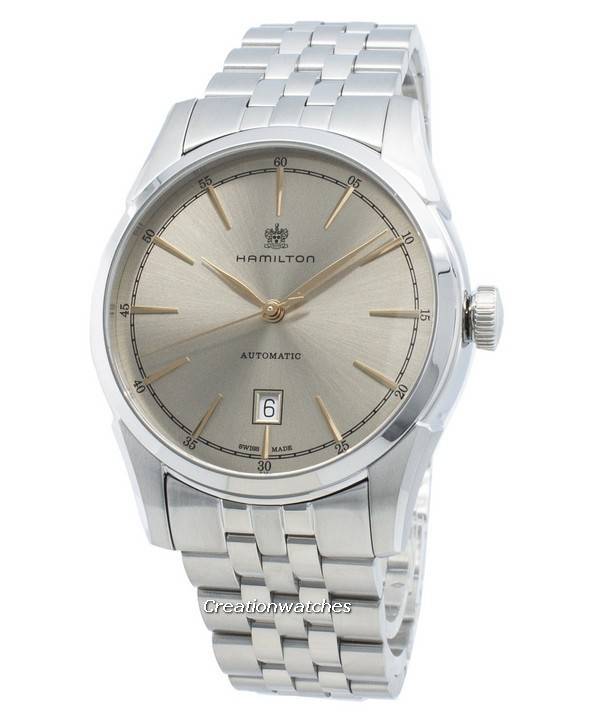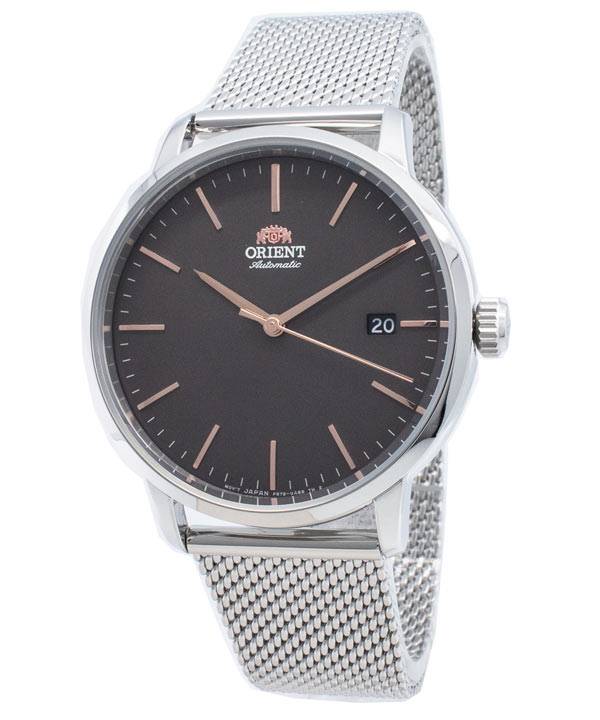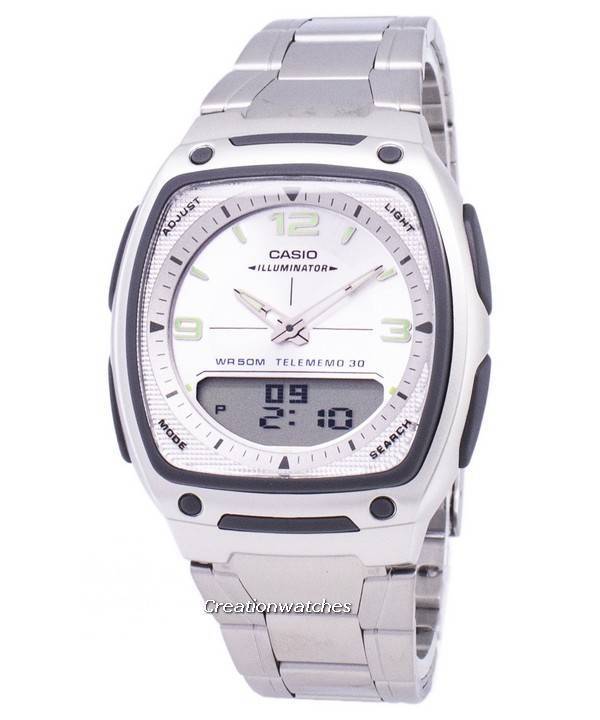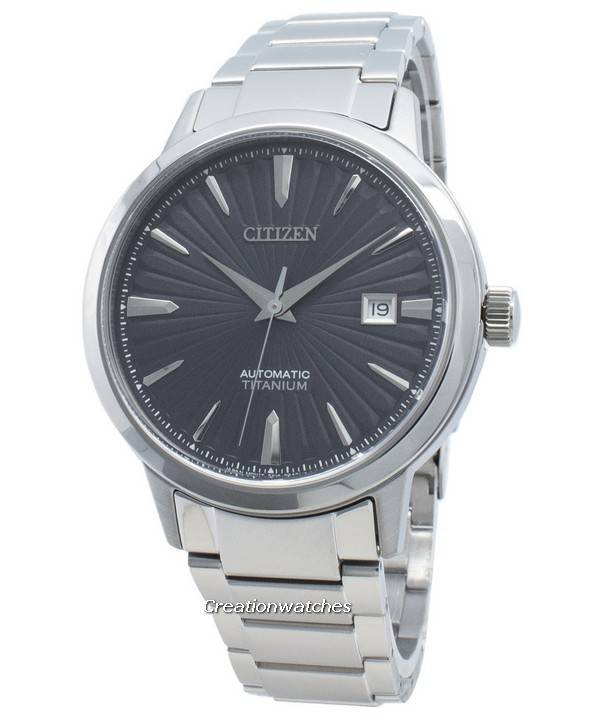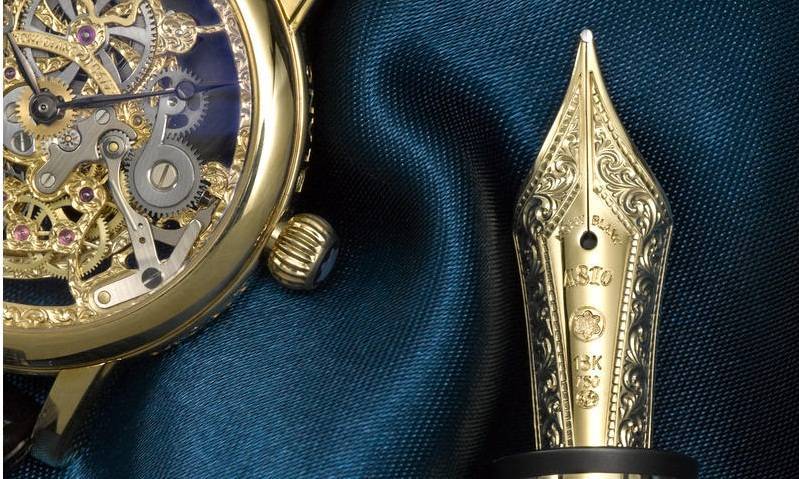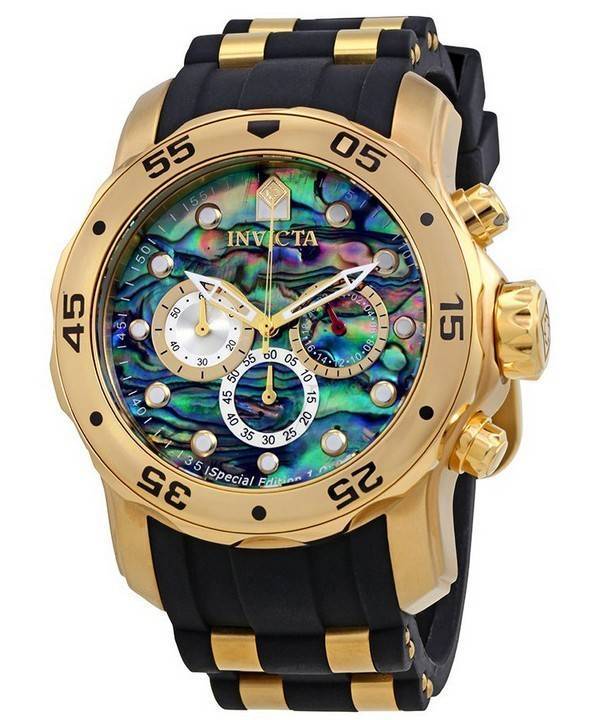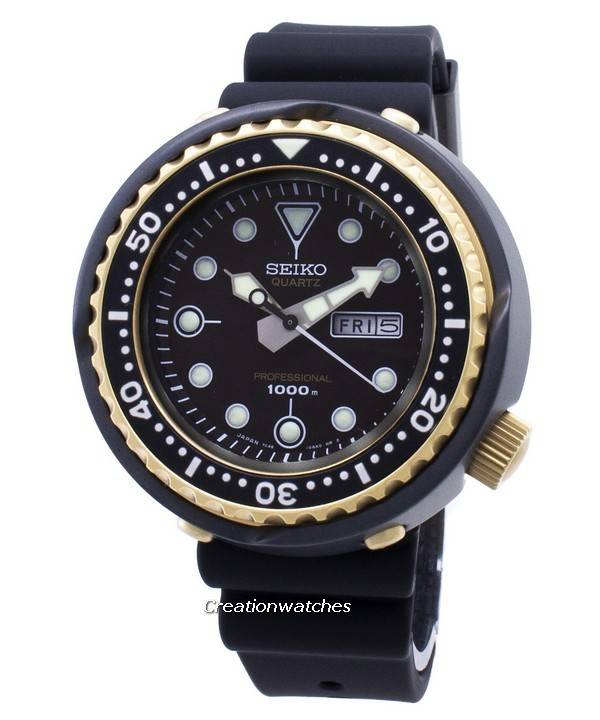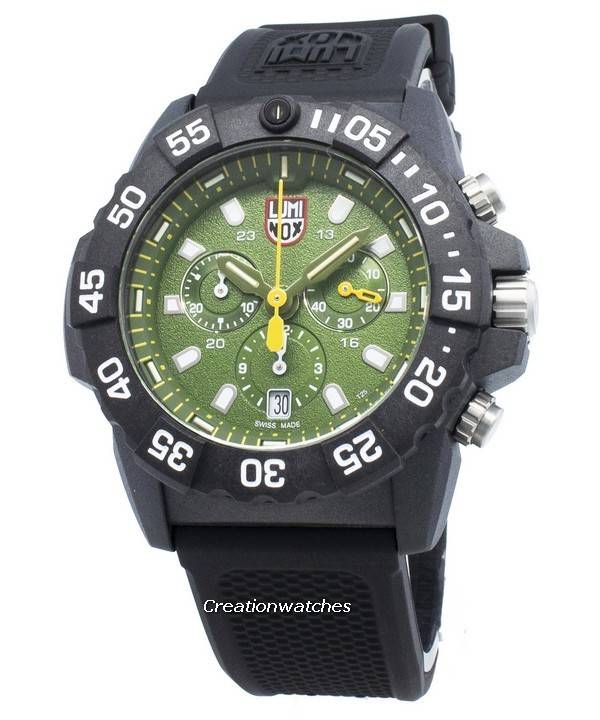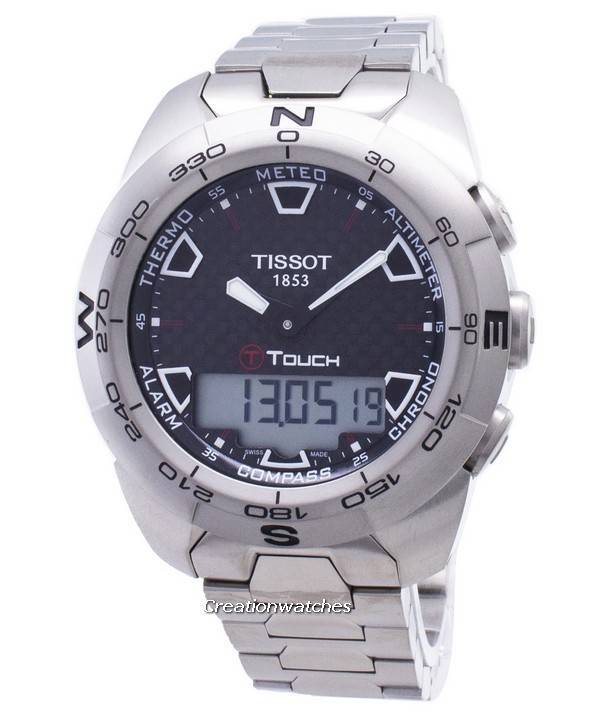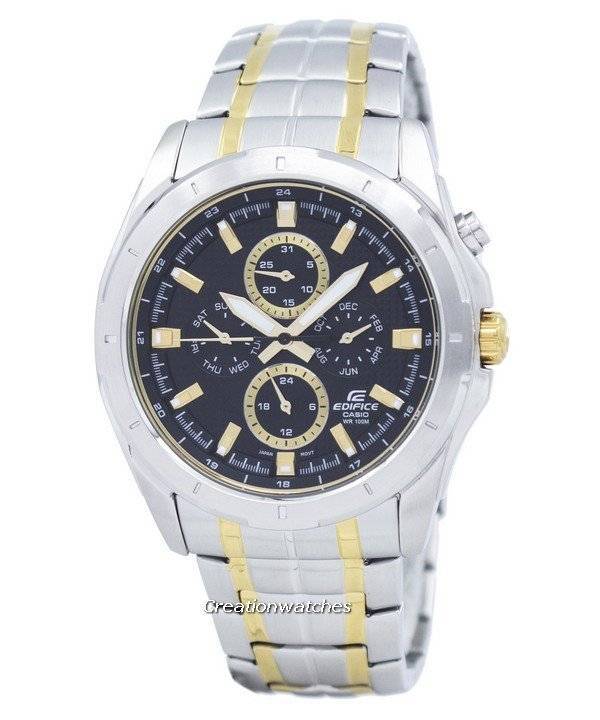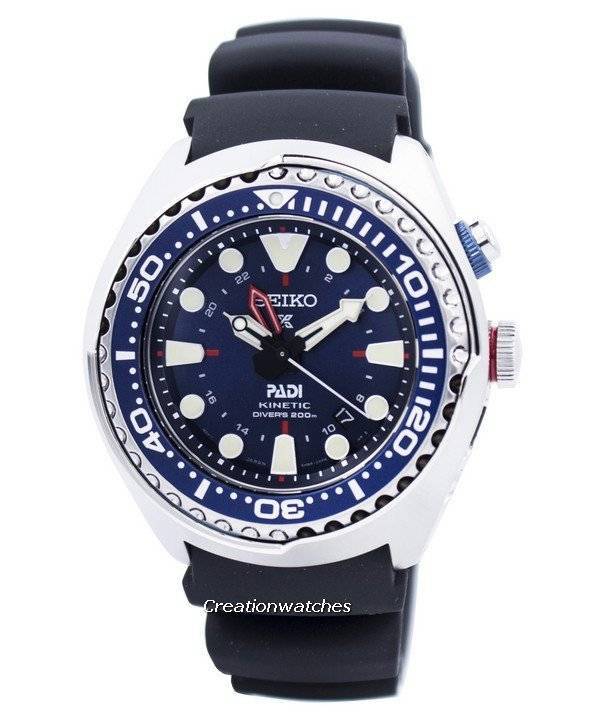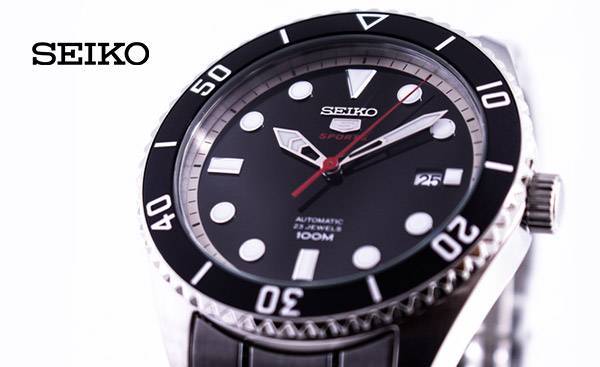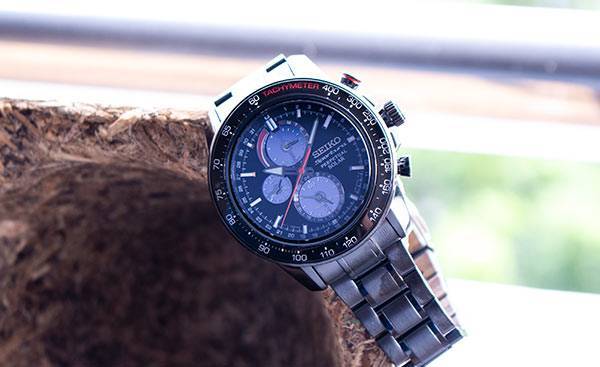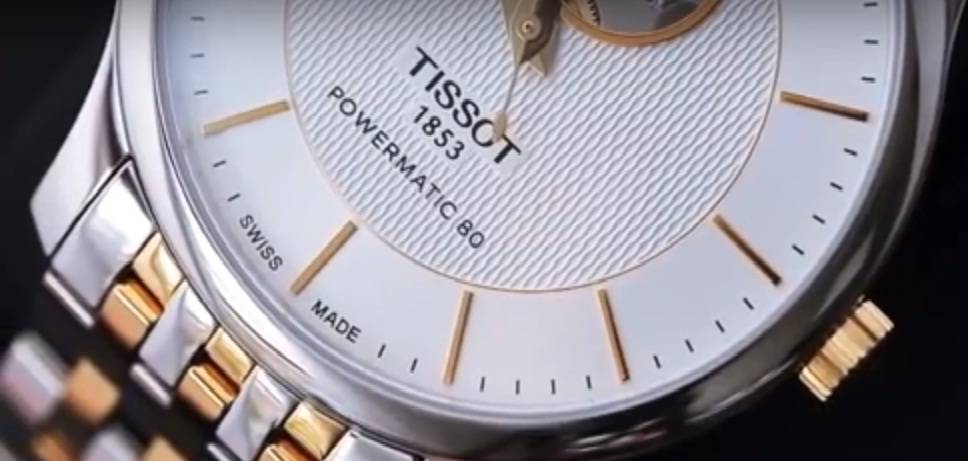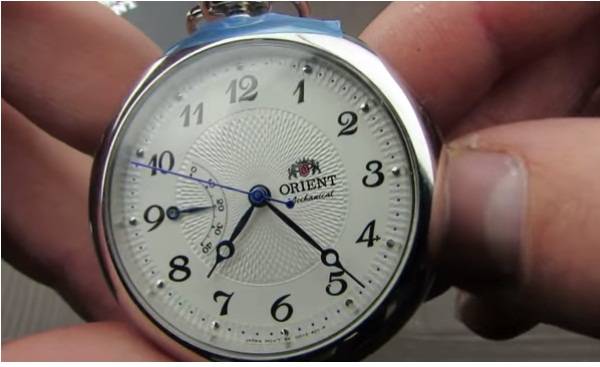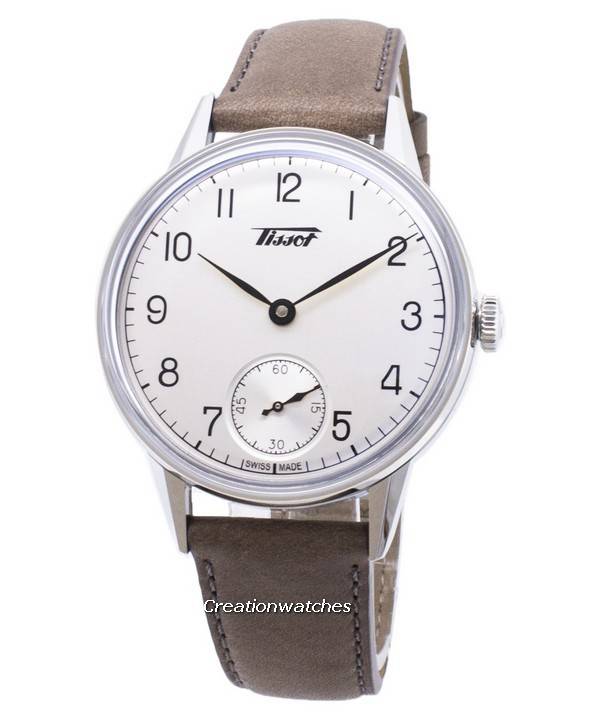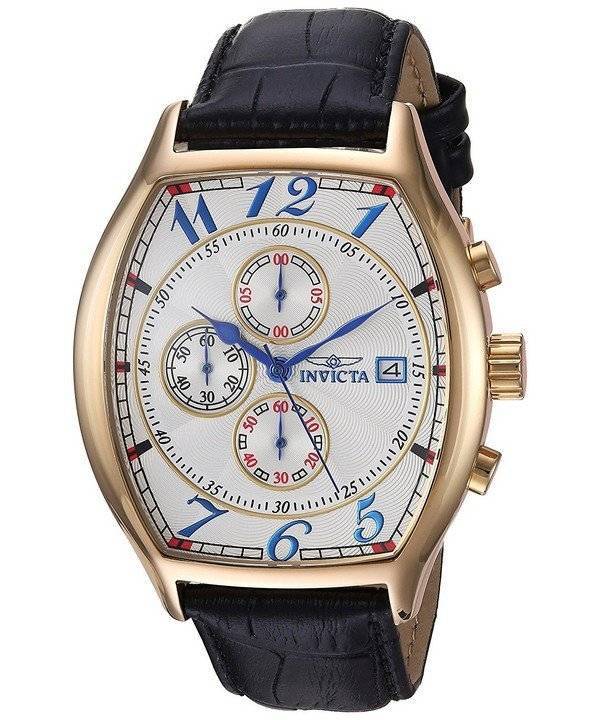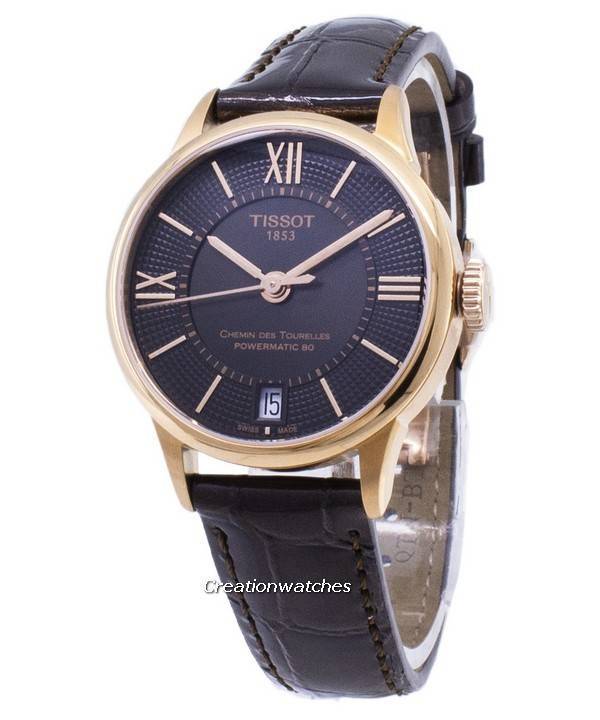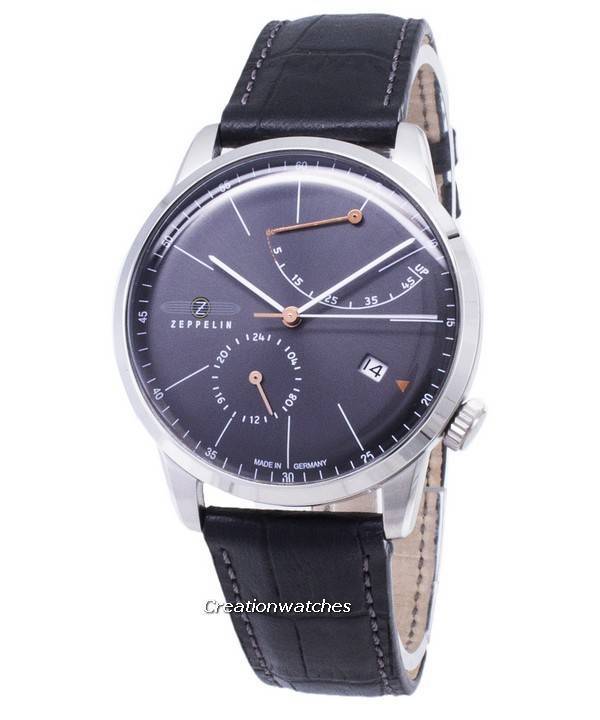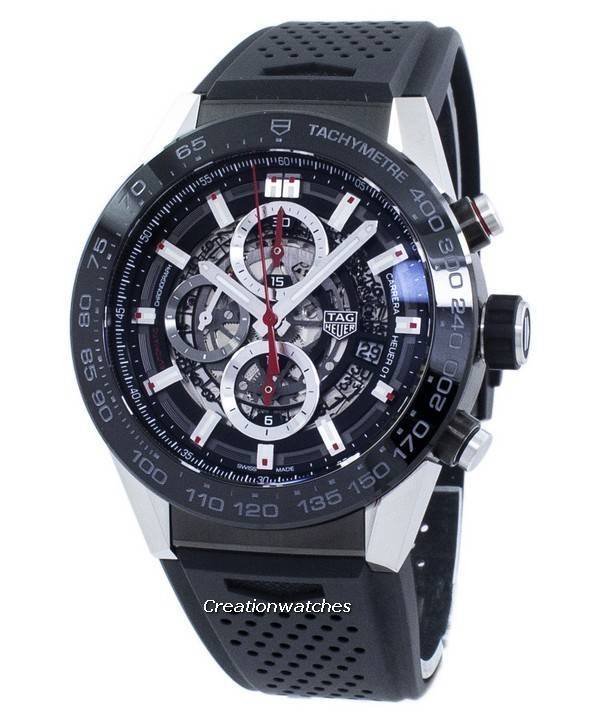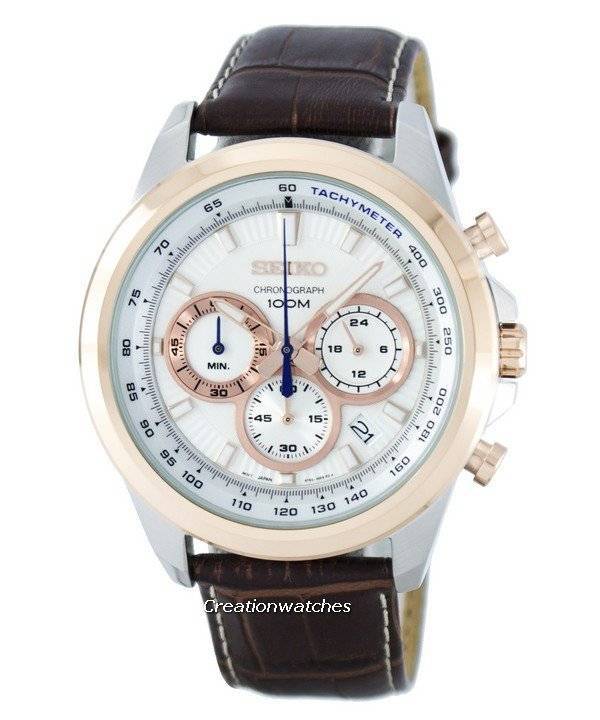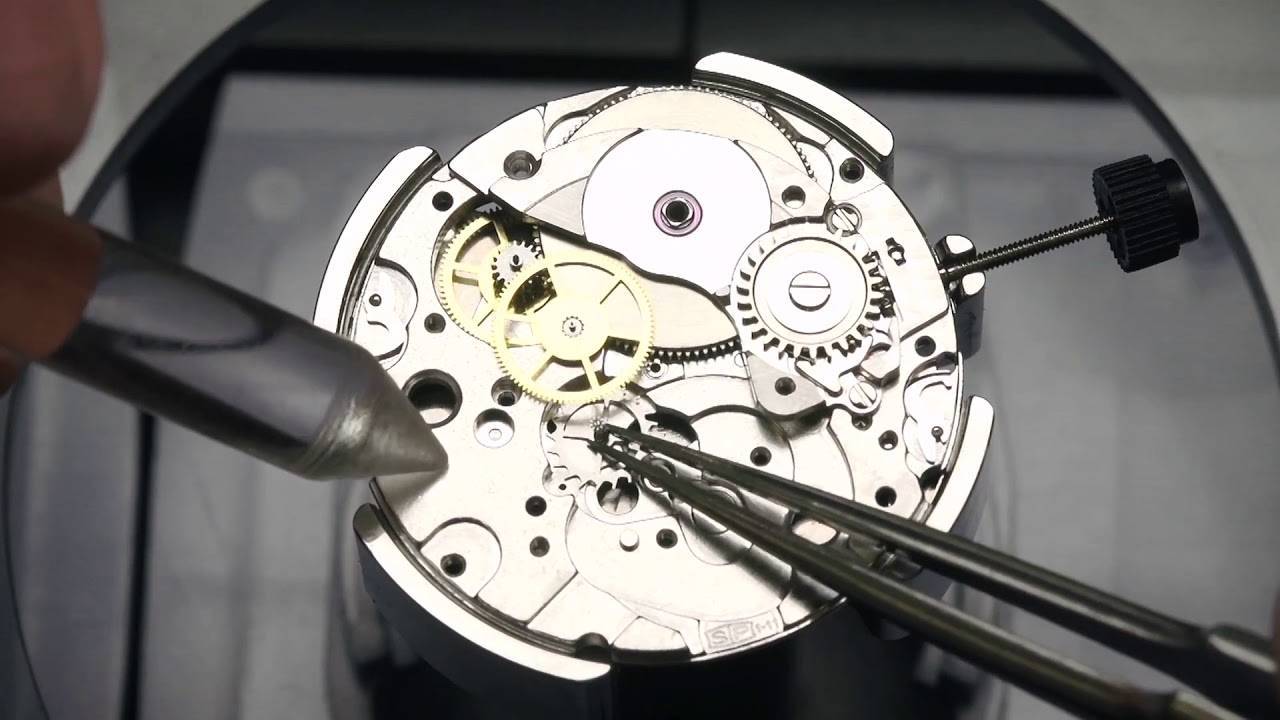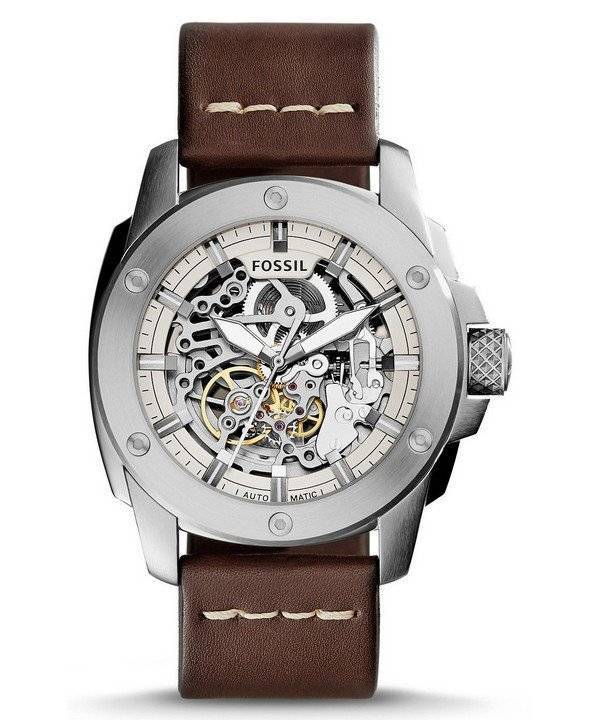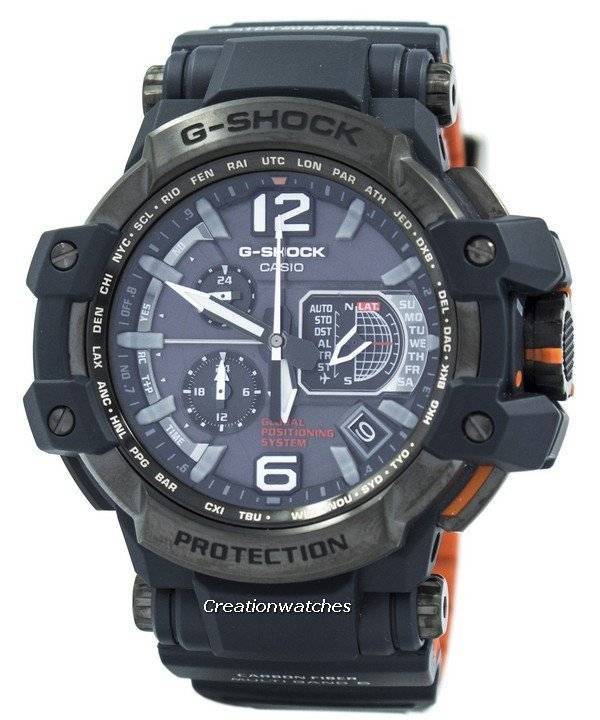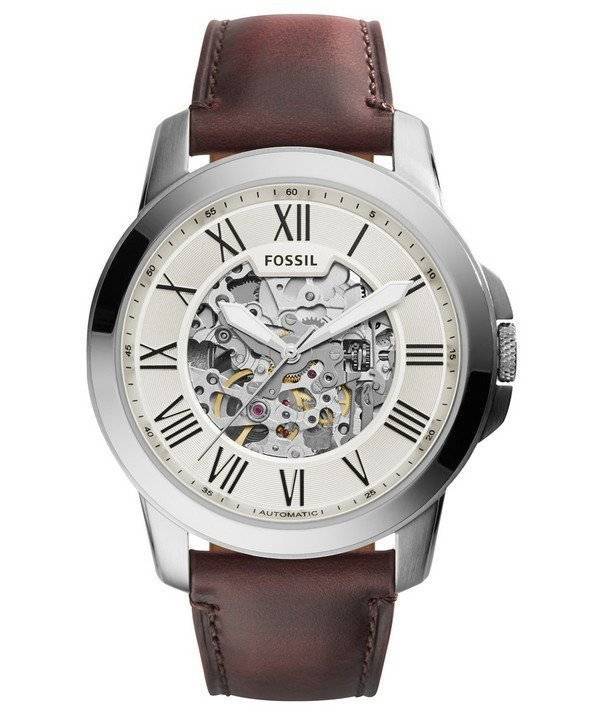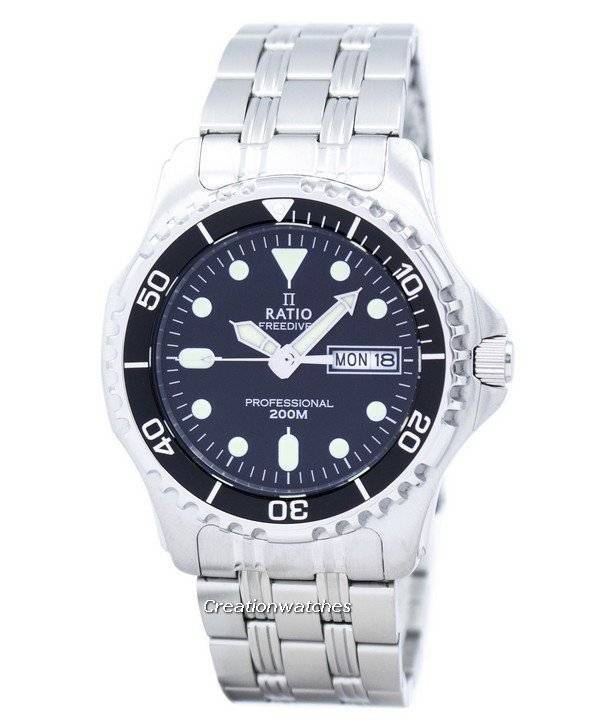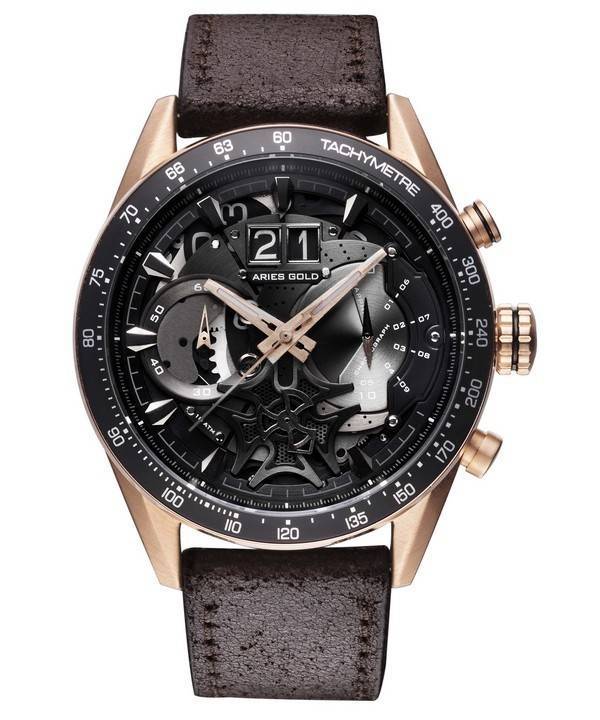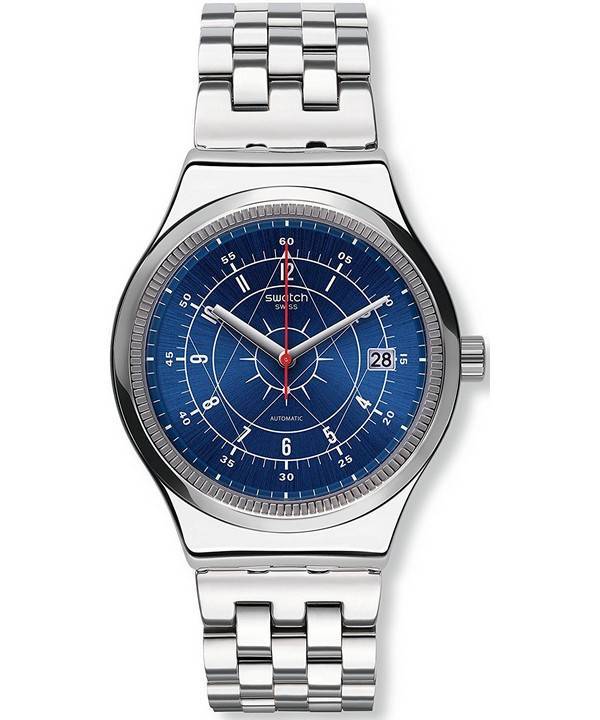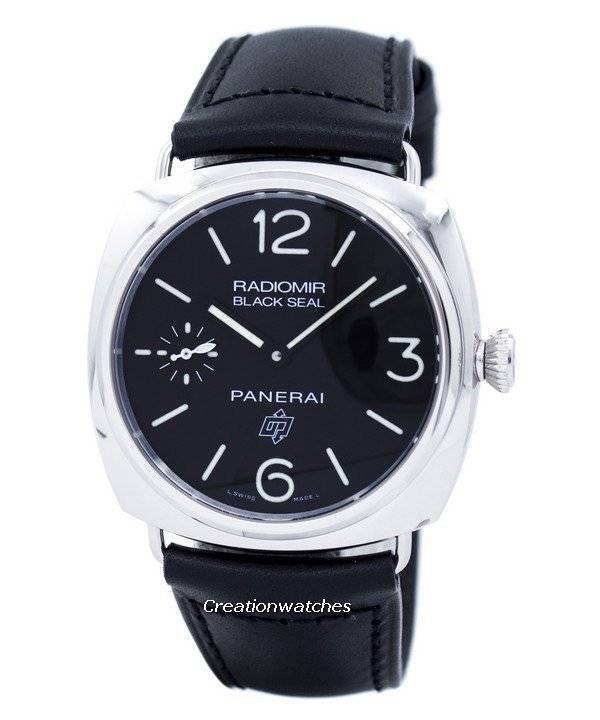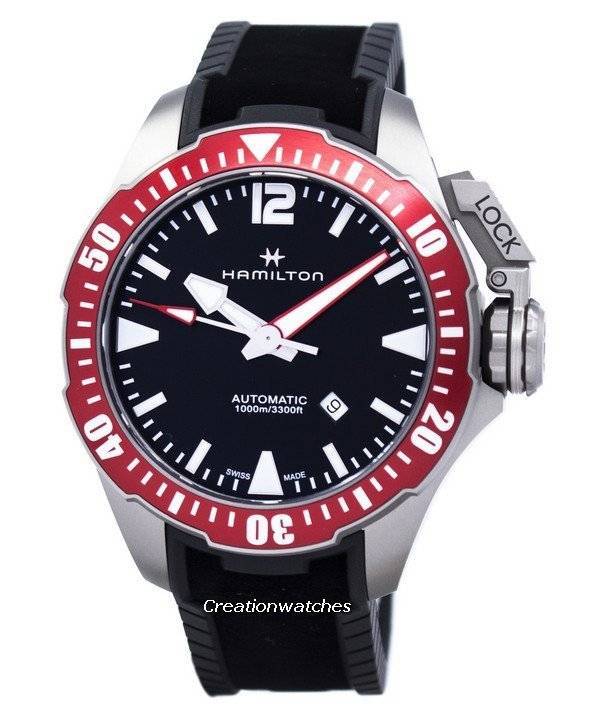
Good, old memories
Astonishing as it might sound, the wristwatches were almost a woman’s thing starting sometime in the 1600s. Men preferred pocket-watches, a trend that continued till the early 1900-s. The credits for creating the world’s first wristwatch, arguably, go to Abraham-Louis Breguet. He built it for the Queen of Naples, Caroline Murat, in 1811. The counter-theory says it was for Elizabeth I of England from Robert Dudley, 1571. It was described as an arm-watch. The trend of creating ornamental bracelets with time-telling capabilities continues since.
A trend that caught on
The trend of men wearing wristwatches were started by military men towards the end of the 1800s. It was a war-laden time when drawing out a watch to check the time would be long enough to cost your life. Wristwatches synchronized the maneuvers of every person on the war field every time during the heat of the battles. Simply put, it’s engaging one hand and limiting your physical capabilities. It was disadvantageous even during a horse-ride. Strapping the watch to the wrist proved to be an easy solution. The Watch Wristlet design – standard pocket watches fitted to leather straps – by the Garstin Company of London from the 1880s- stayed put and in 1893 it was patented, following the huge popularity the designs gained during the Anglo-Burma War and the Boer War.
The early 1900-s saw purpose-built wristwatches showing up. Louis Cartier designed the first aviation watch for Alberto Santos-Dumont (Brazilian aviator) in 1904. It’s around the same time Hans Wilsdorf and Alfred Davis started providing quality timepieces at affordable prices under the name Wilsdorf & Davis, who later became Rolex. They introduced the chronometer in 1910 and was recognized and awarded by the Kew Observatory, London four years later.


Who got it first?
- Joseph Gallmayr in 1776 stated about building a self-winding watch (no evidence).
- Abraham-Louis Perrelet (late 1776 to early 1777) built a self-winding mechanism for pocket watches. It had an oscillating weight inside that moved up and down. The Geneva Society of Arts reports 15 minutes walking can fully wind the watch.
- Hubert Sarton (end 1777 to early 1778) designed a watch with rotor mechanism; sent it to the French Academy of Sciencesthat same year and is astonishingly similar to the structures of the modern movements.
- John Harwood (October, 1923) earned an UK patent and a corresponding Swiss patent. A pivoting weight instead of a rotor swung as the wearer’s hand moved. This winded the mainspring one-way as the ratchet mechanism allowed. The weight didn’t go full circle for spring bumpers limited its swings to half. It’s called a hammer or a bumper
The firsts among the lots
- First successful self-winding system: John Harwood, 1923.
- First wristwatch that travelled to space was Russian; April 1961. Pobeda Shturmanskiee. navigator’s watch, on Vostok One flight. Its name was changed to Poljot or flight later on.
- First naval wristwatch; Constant Girard, 1880. Built for German Naval Officers.
- First aviation wristwatch; Louis Cartier and Edmond Jaeger for Alberto Santos-Dumont, Brazilian aviator. It allowed him to operate on aircraft controls with both hand without missing upon timing flights. Today, aviation watches do more than just timing the flights.
- First purposeful wristwatches for men were actually trench watches, mass built with pocket watch movements during the First World War. Some of these got their crown @ 12 instead of the standard 3 or 4. Trench watches were a part of the Officer’s War-Kit for their luminous dials and unbreakable crystals. However, it wasn’t mandatory that you got to use only that particular watch all the time. Not even with the uniform! This helped the different brands advertising themselves to gain popularity.
- First stopwatch patent; Breitling Watch Company, 1930. The stopwatch is different from a chronograph, which appeared first in the 1770s. The chronograph measures time and also records time increments. Stopwatches just measure time.
- First electric watches, 1950s; with hands that moved mechanically while the balance wheel oscillated drawing power from a solenoid. They were the precursor to the quartz watches, which again forecasted the digital type.
Is that all?
Certainly not! This is just a good start before you dive deep into the time-telling Universe. To find out where the watch industry stands today,visiting Creationwatches will give you a fair idea.
- Drop a reply stating which one – out of the three – you consider to be the first and why.



